Install CentOS7 virtual machine, configure docker suite
CentOS7 is slightly more complicated than the one-click installation of ubuntu. Some small partners follow the next step, and the next step is to complete the installation. They found that there is no graphical interface. In the pure command line, many small partners are not suitable, here I Record the installation process of centos7 in vmware, and those without centos7 installation experience can refer to it
1. Open vmware, create a virtual machine, select the CD, next step##
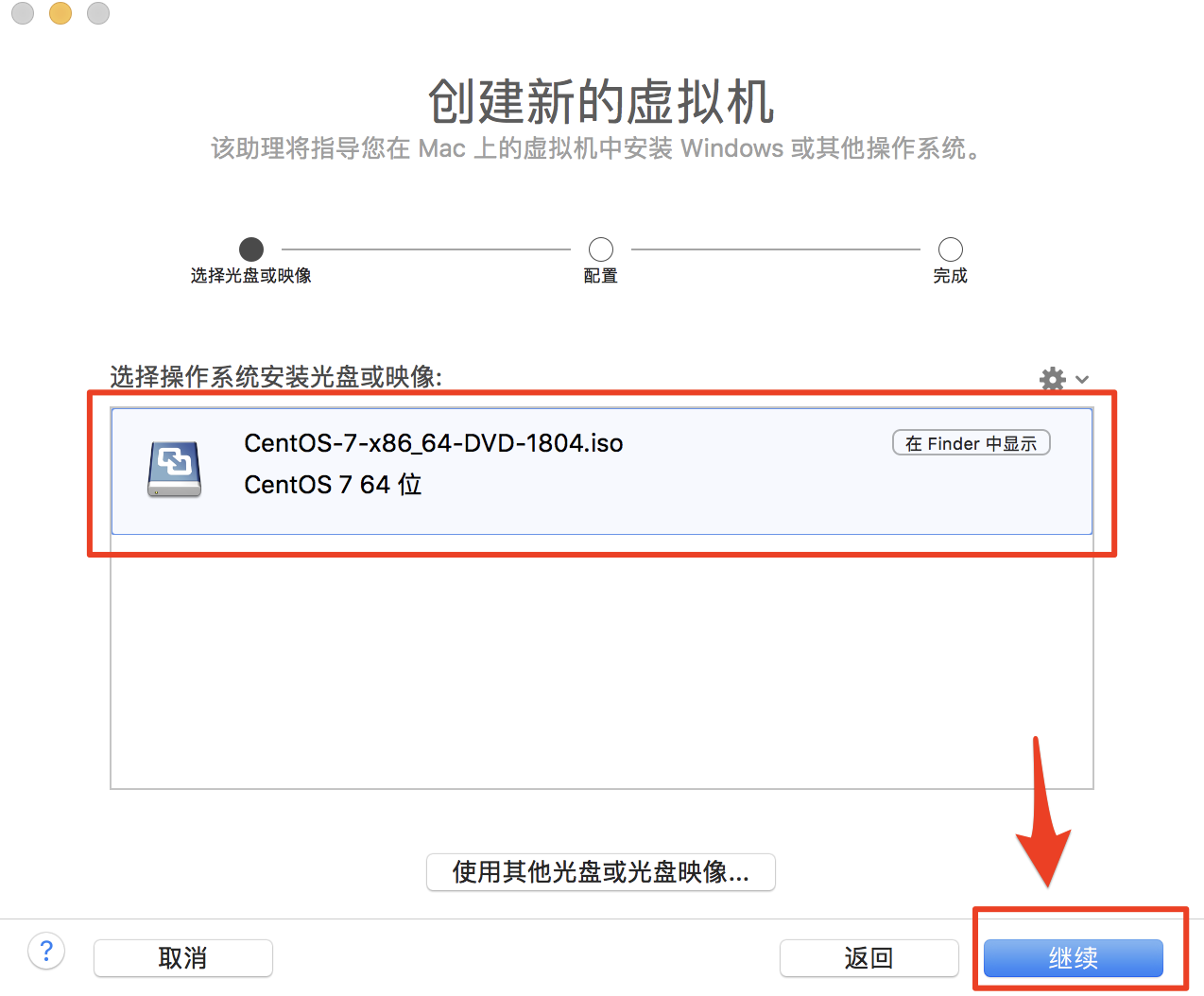
2. Select traditional BIOS
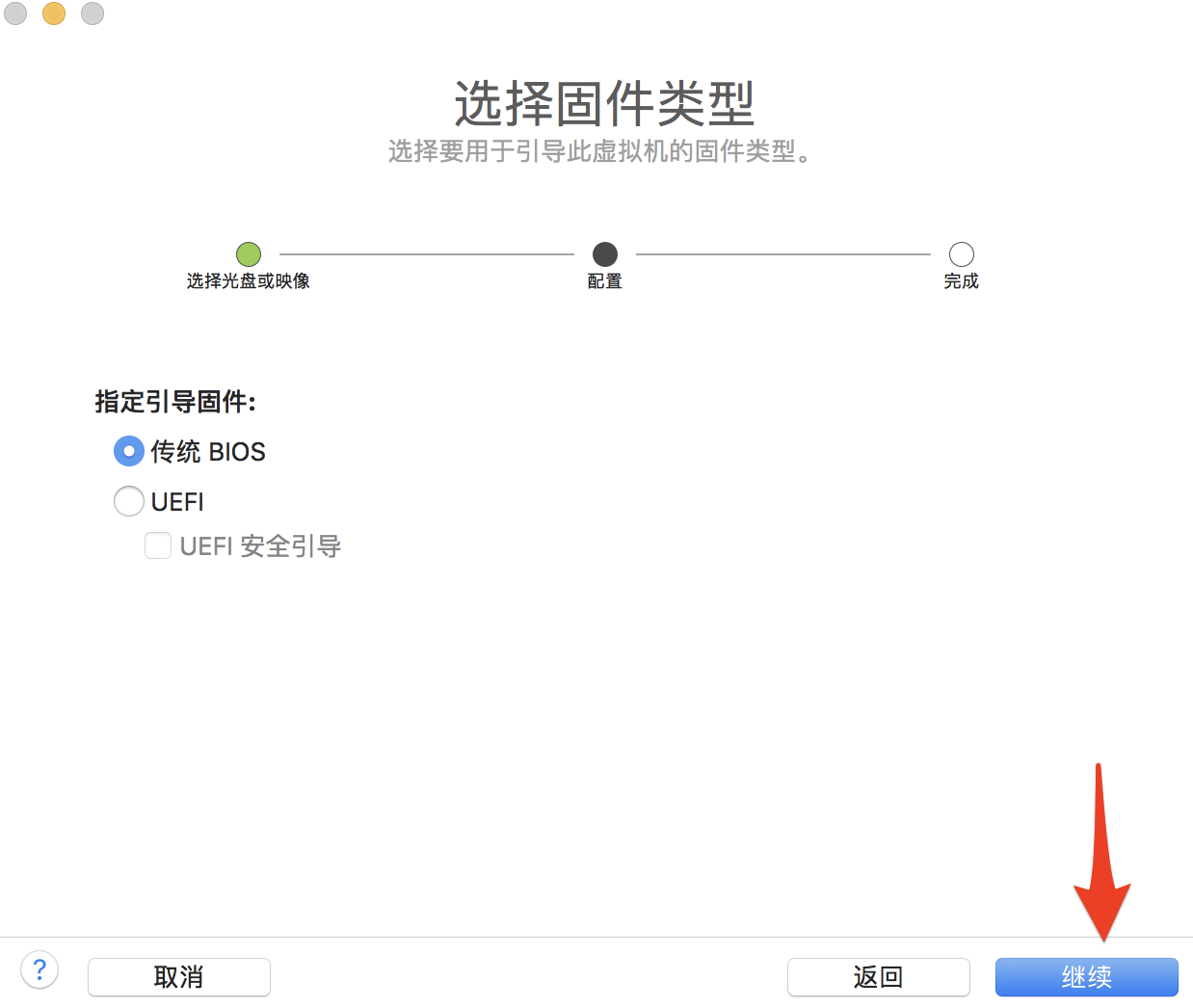
3. Custom settings##
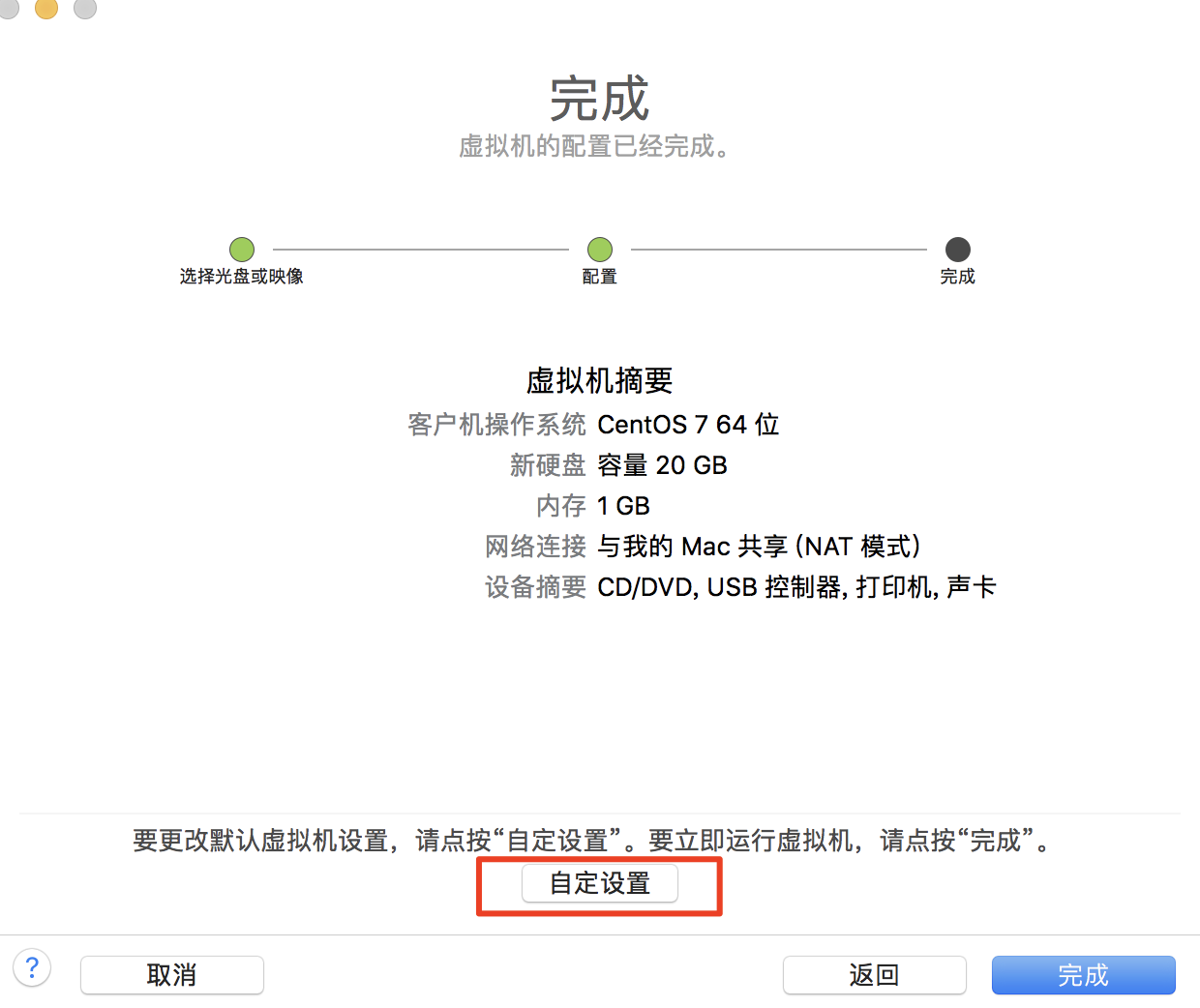
4. Choose where to store the virtual machine, store##
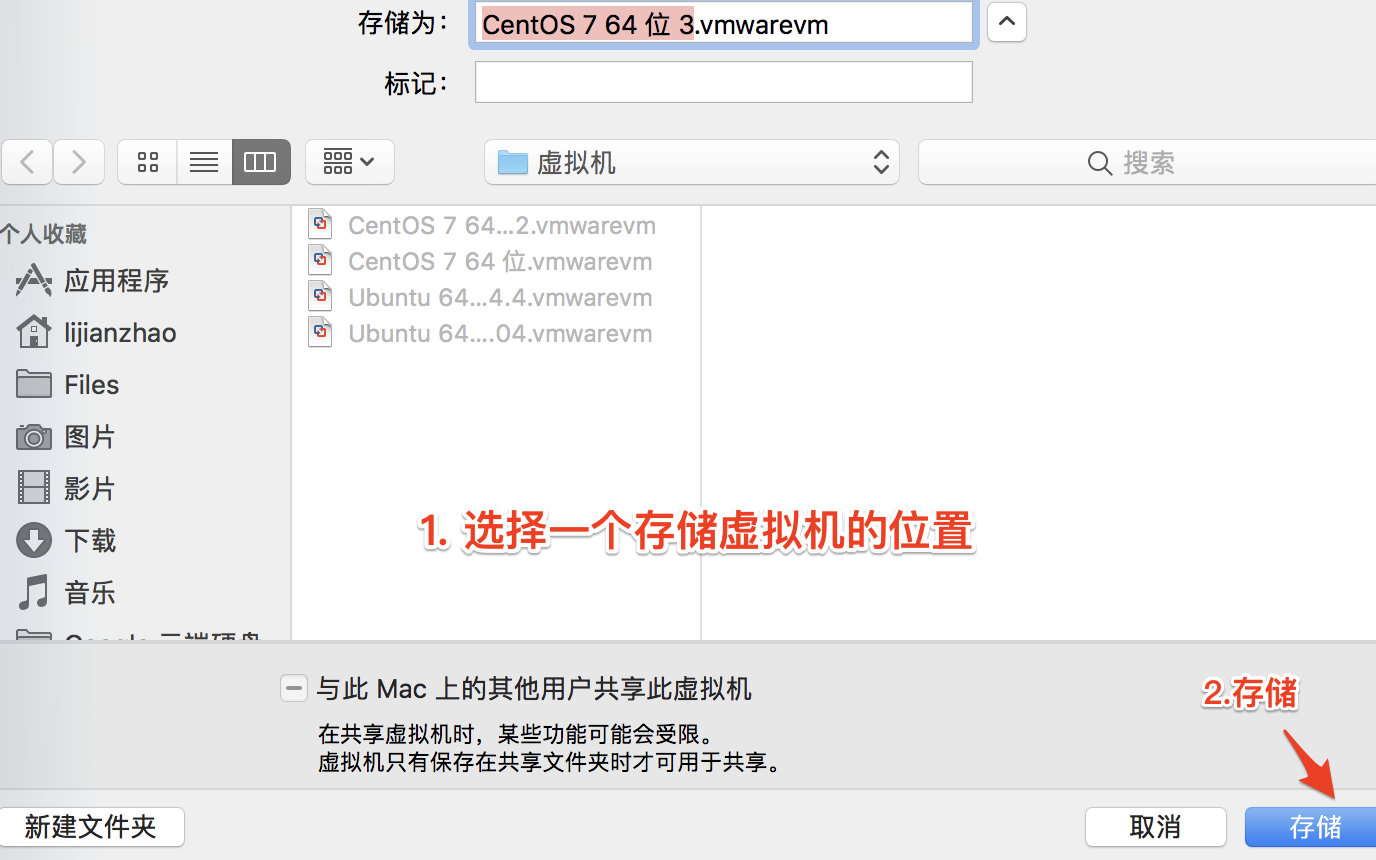
5. Custom memory is 2G, disk is 40GB

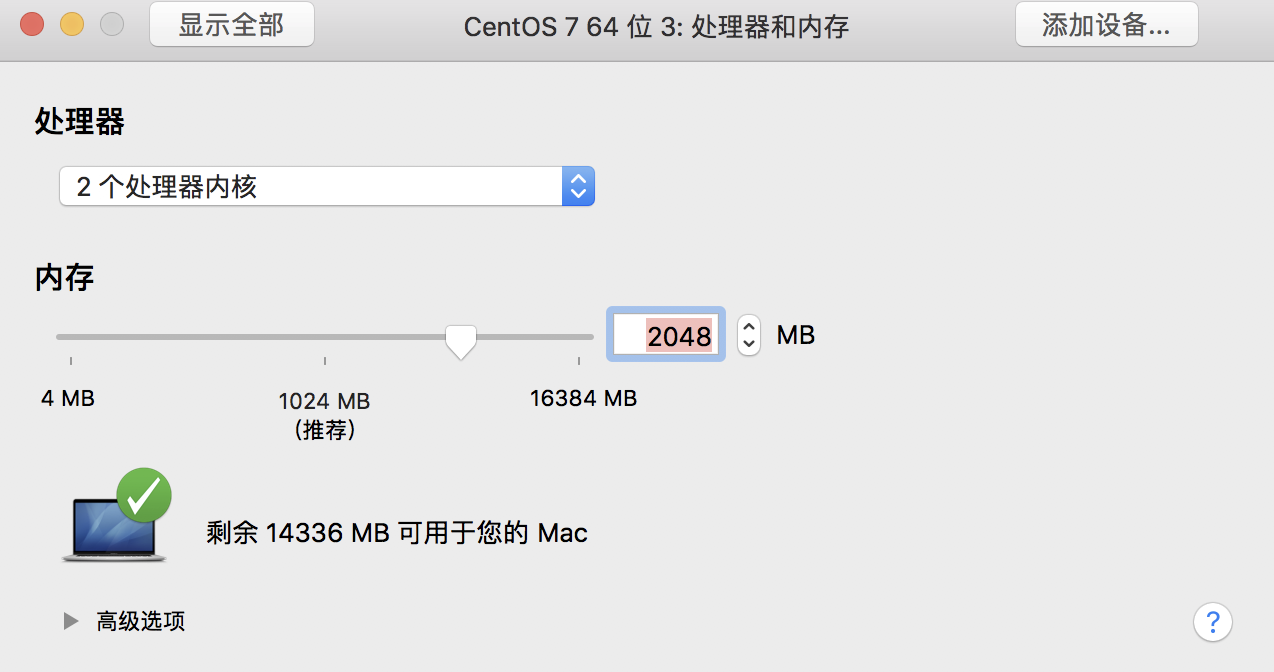

6. Boot, select install CentOS 7
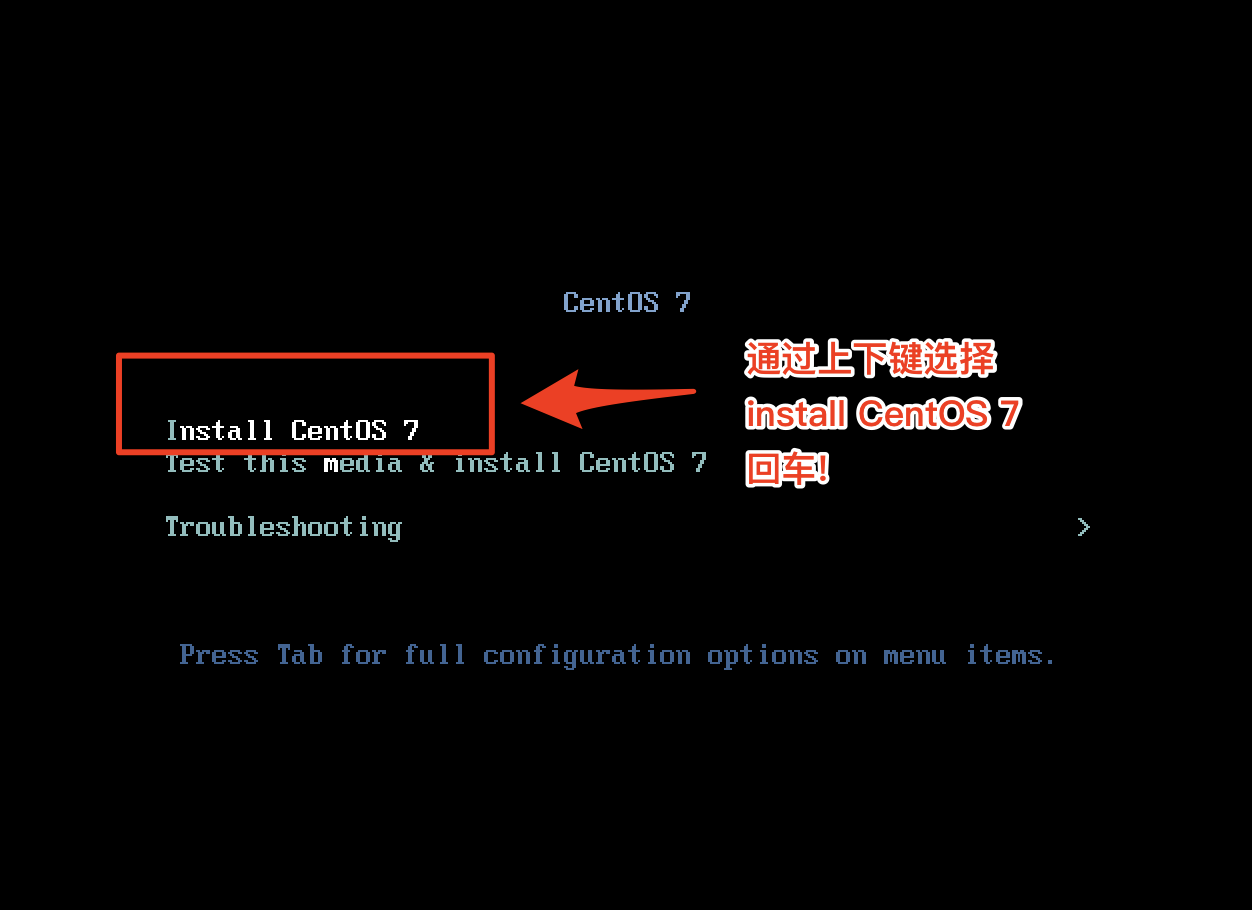
7. Choose a language##

8. Select disk##

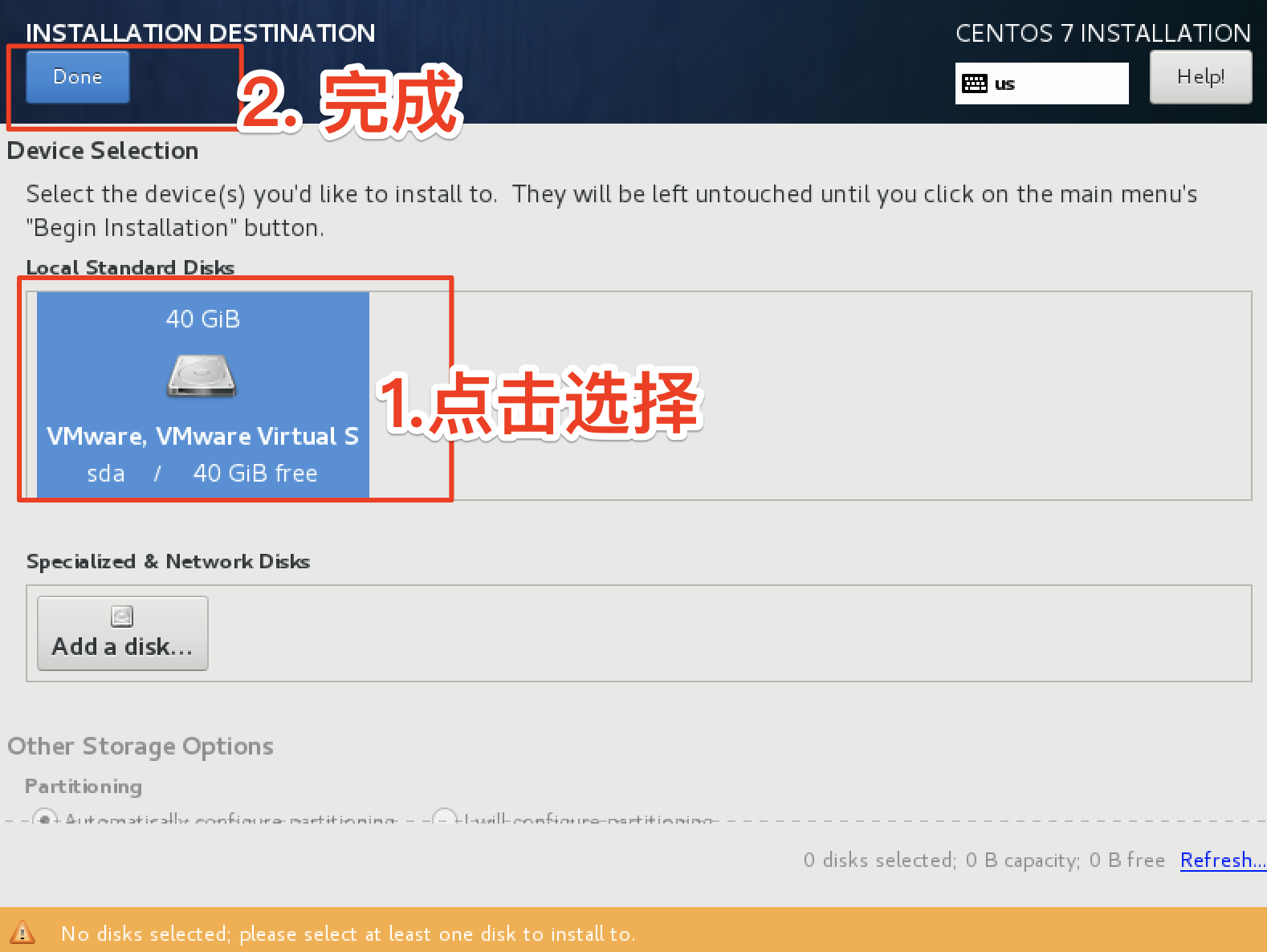
9. Set up pre-installed software##
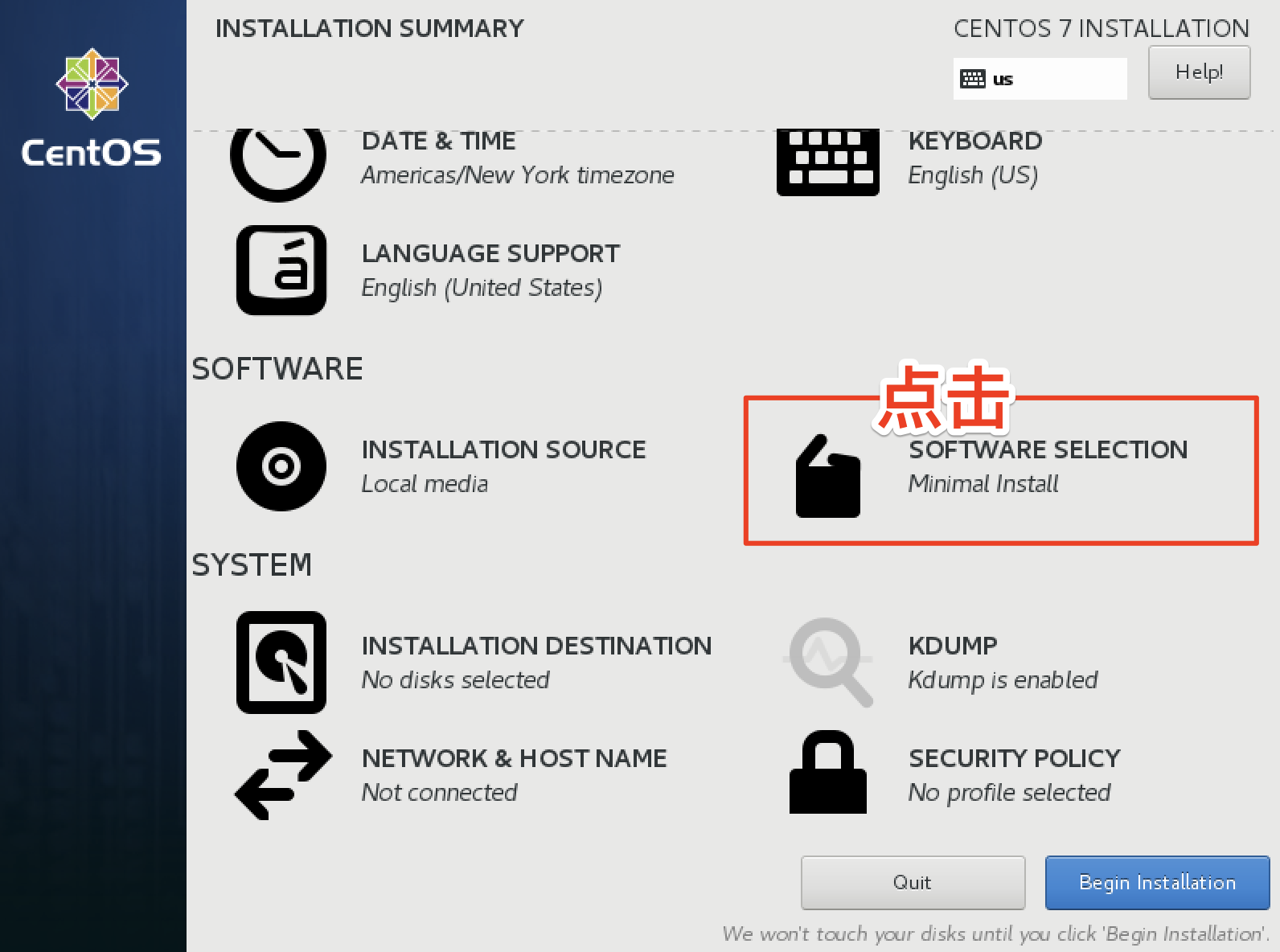
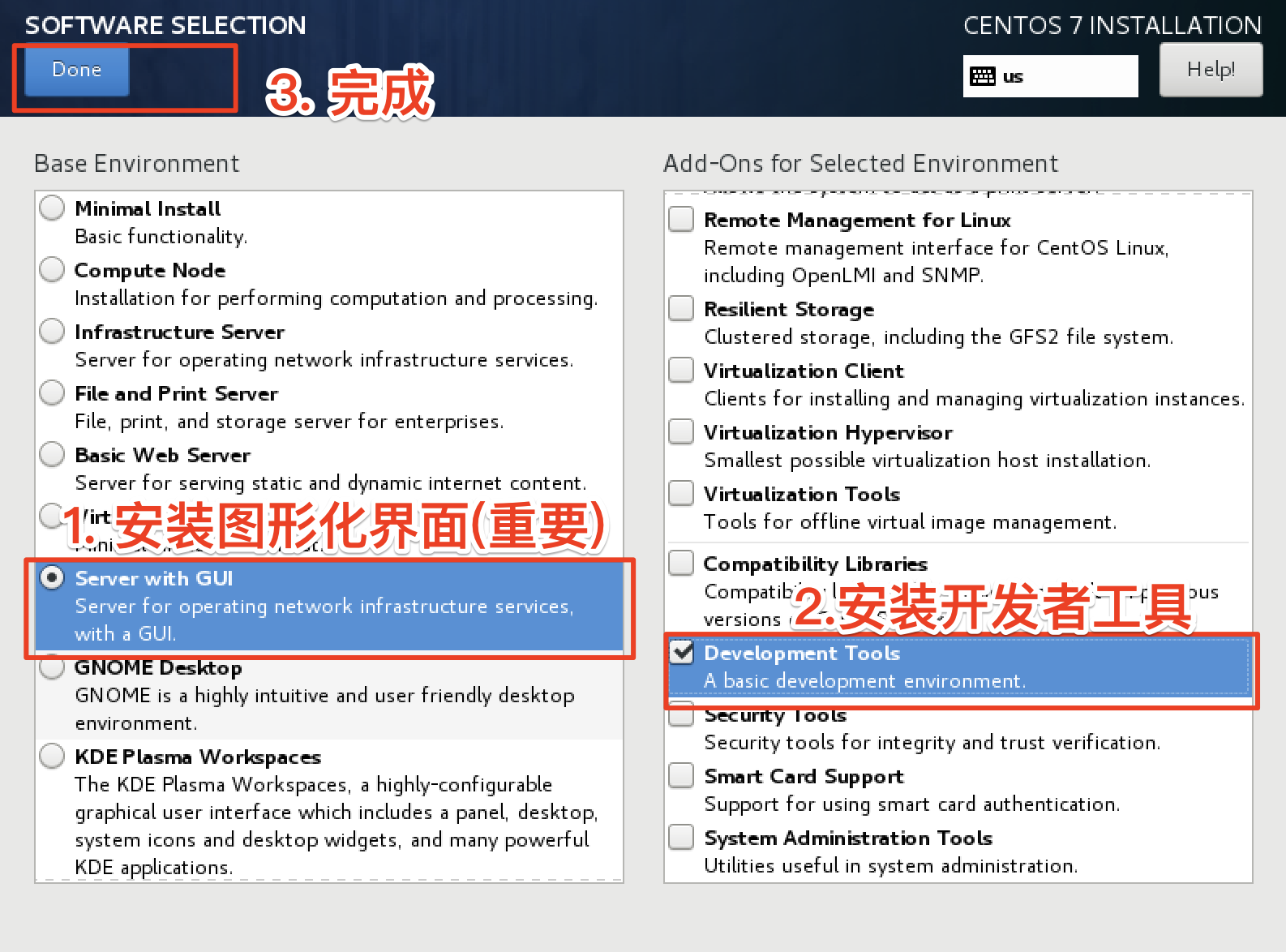
10. Save memory, close kdump
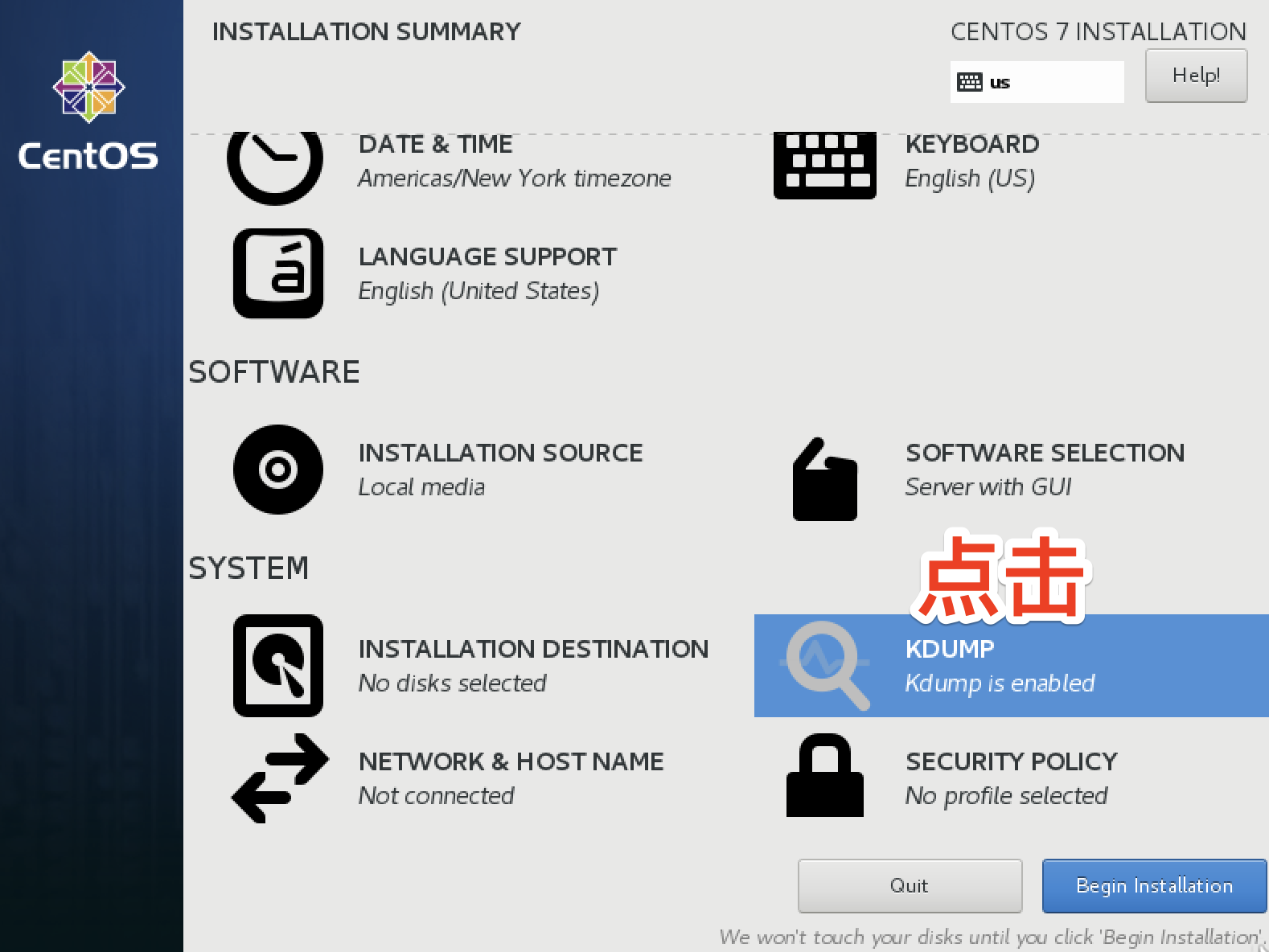
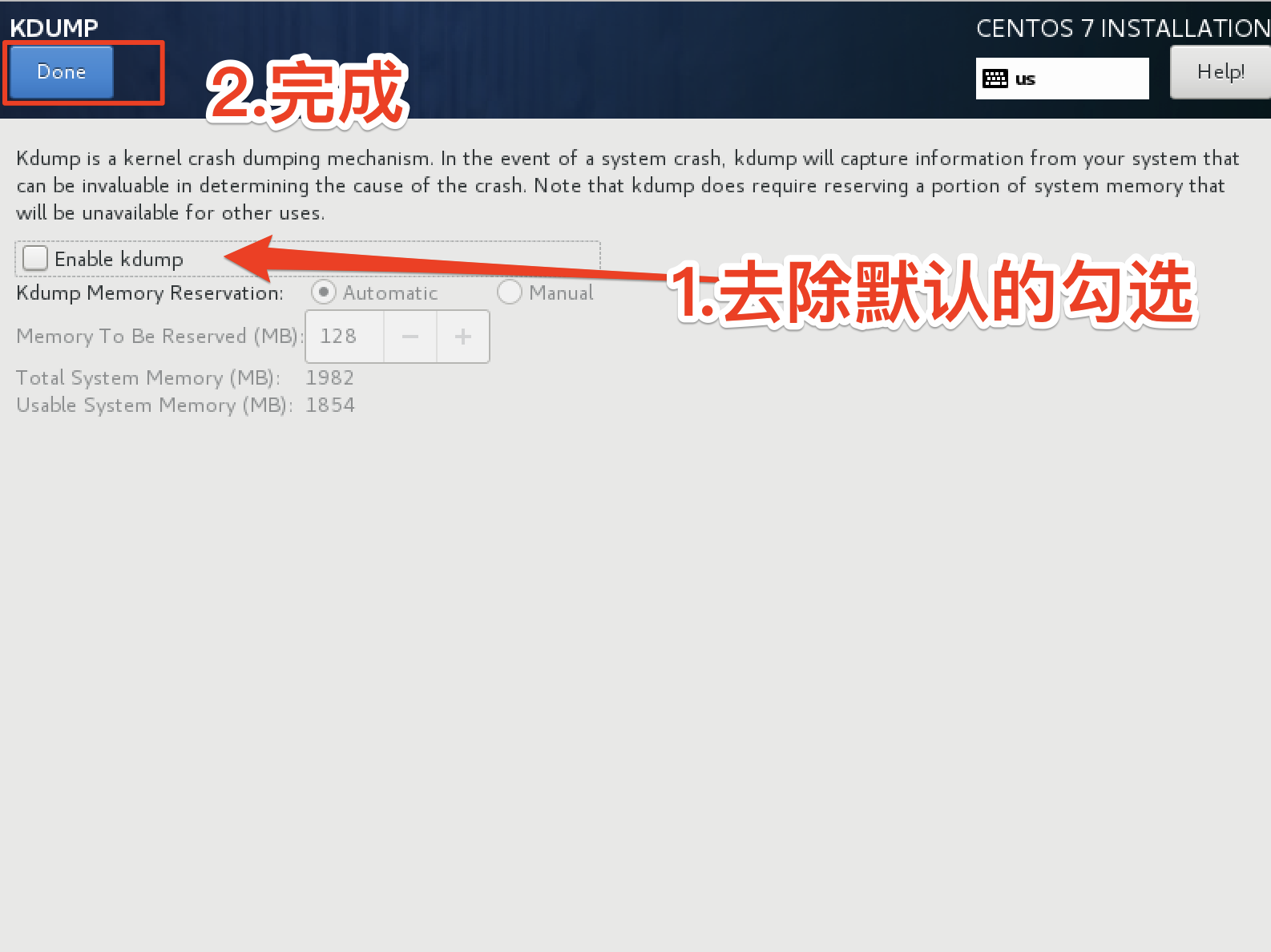
11. Turn on the network, set the host name##
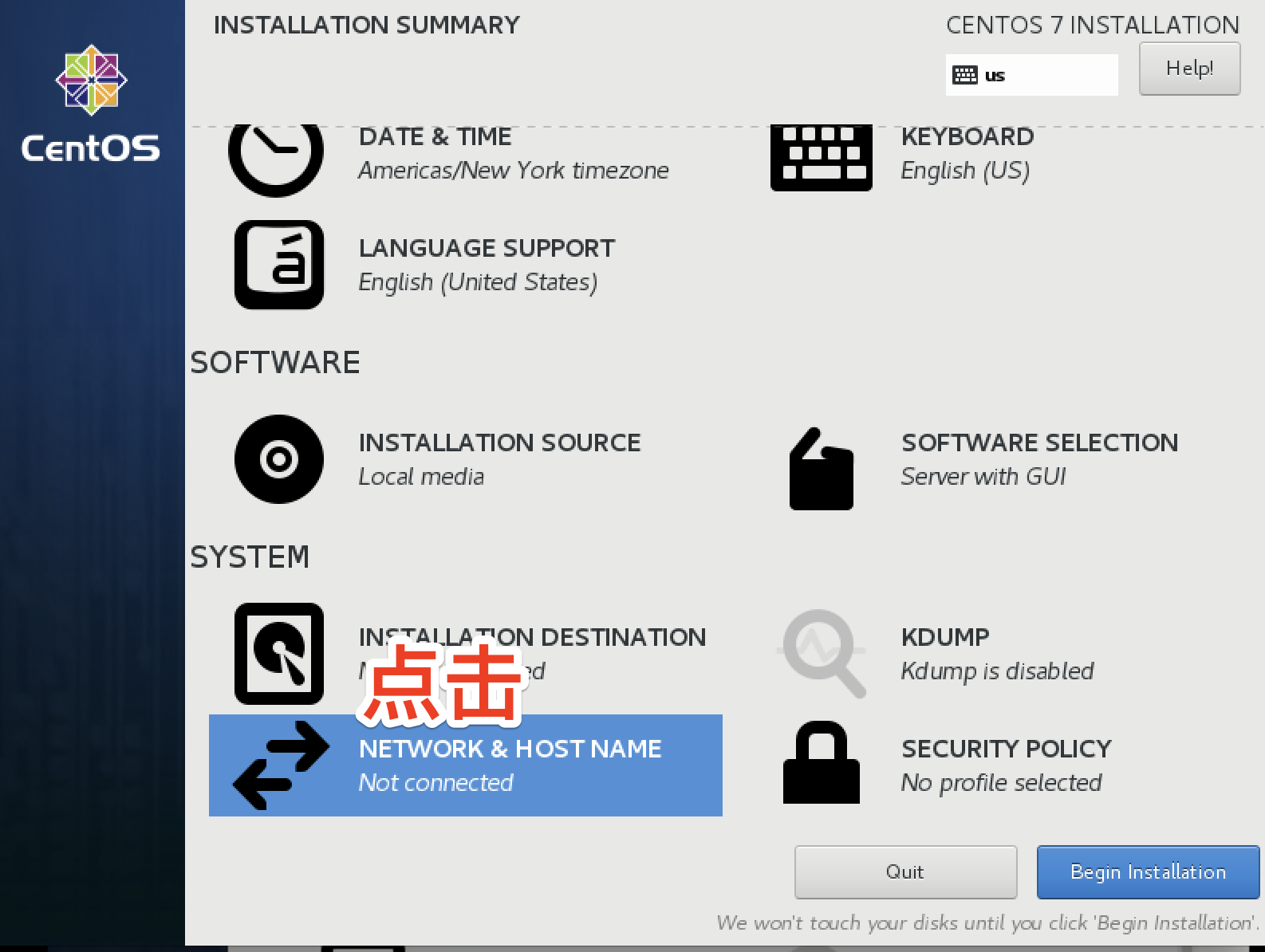
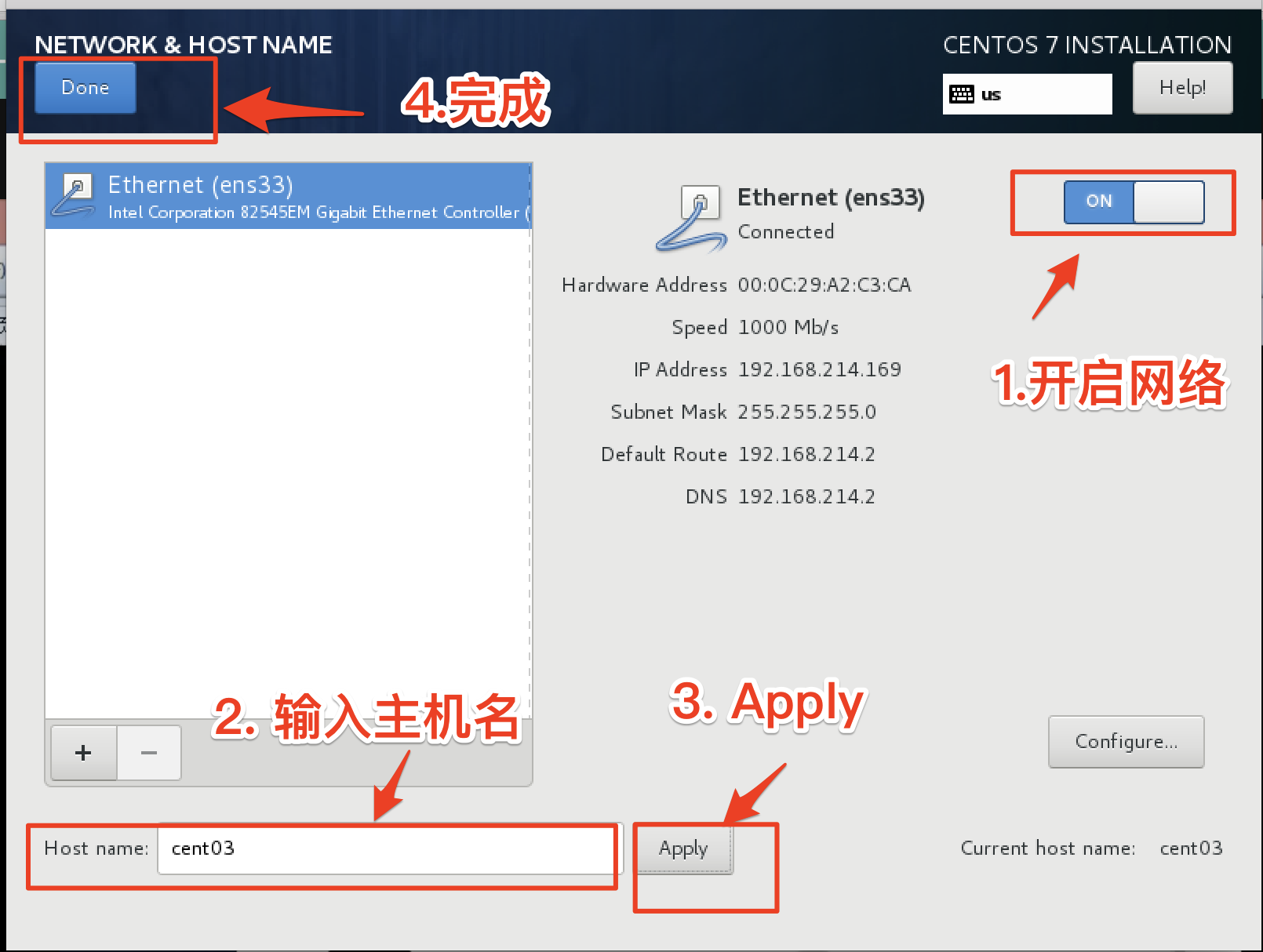
12. start installation##
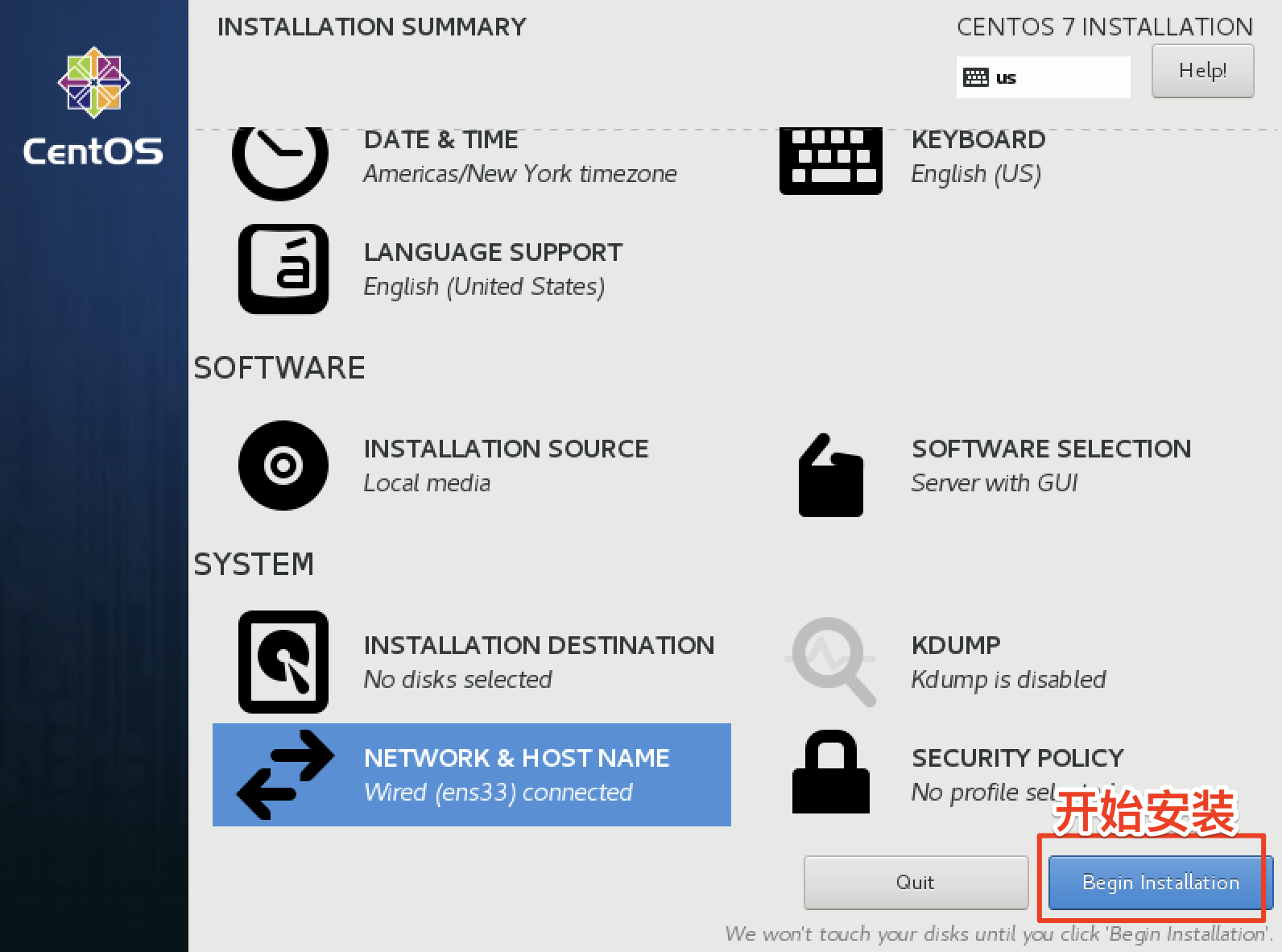
13. Set the root user password, create a user with sudo permissions and set the password##
- Set up admin user
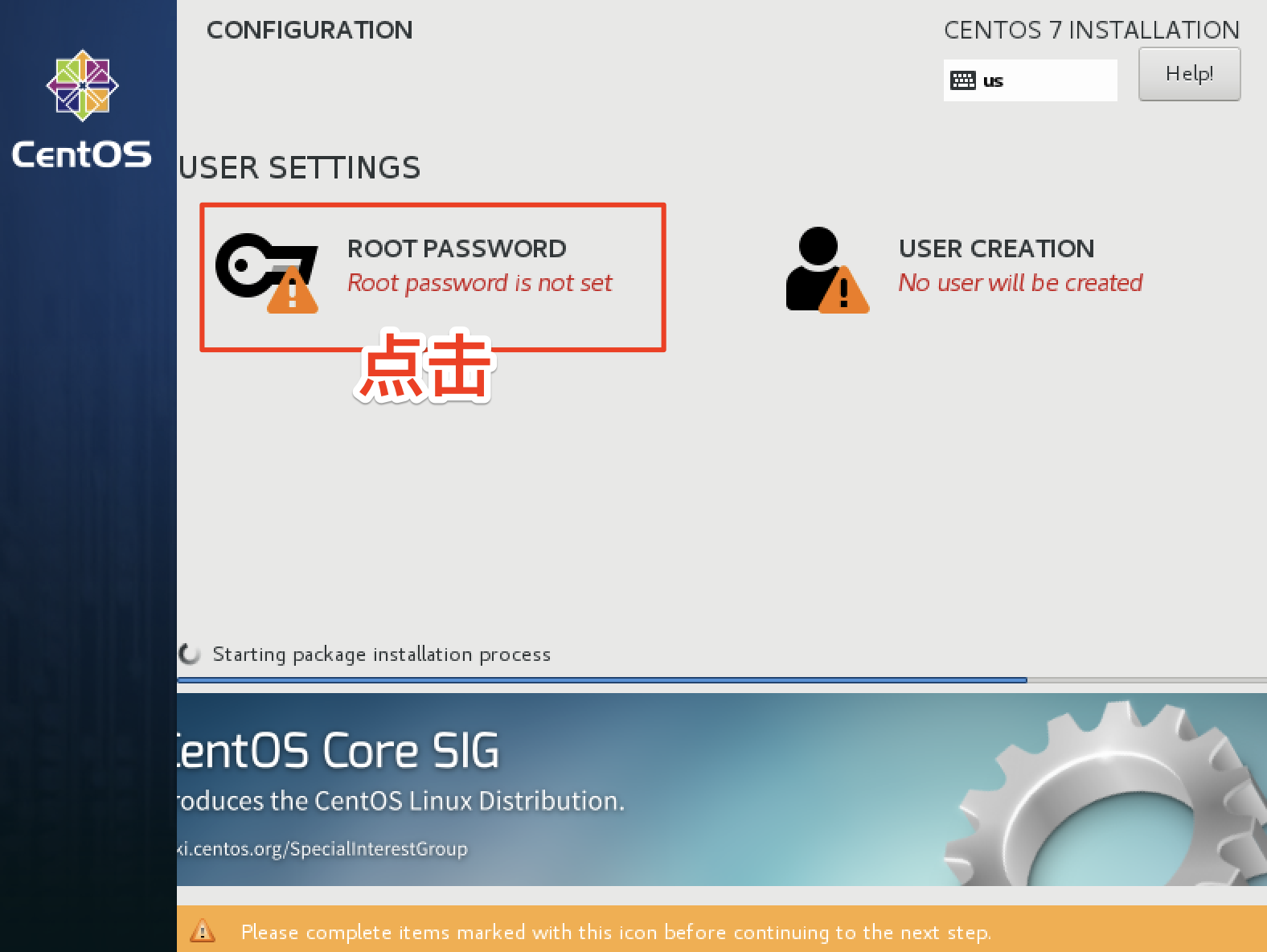
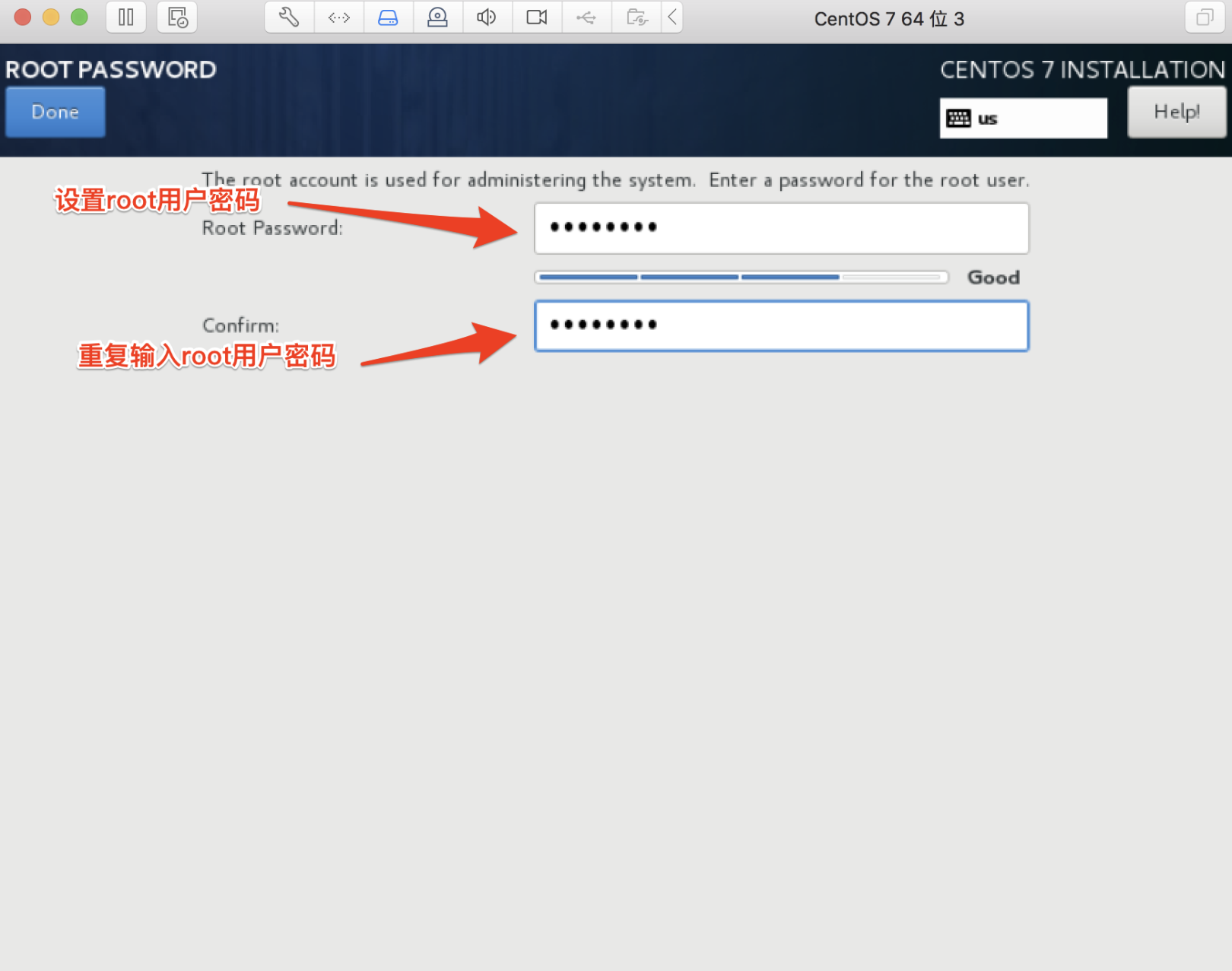
- Add a user with sudo permissions
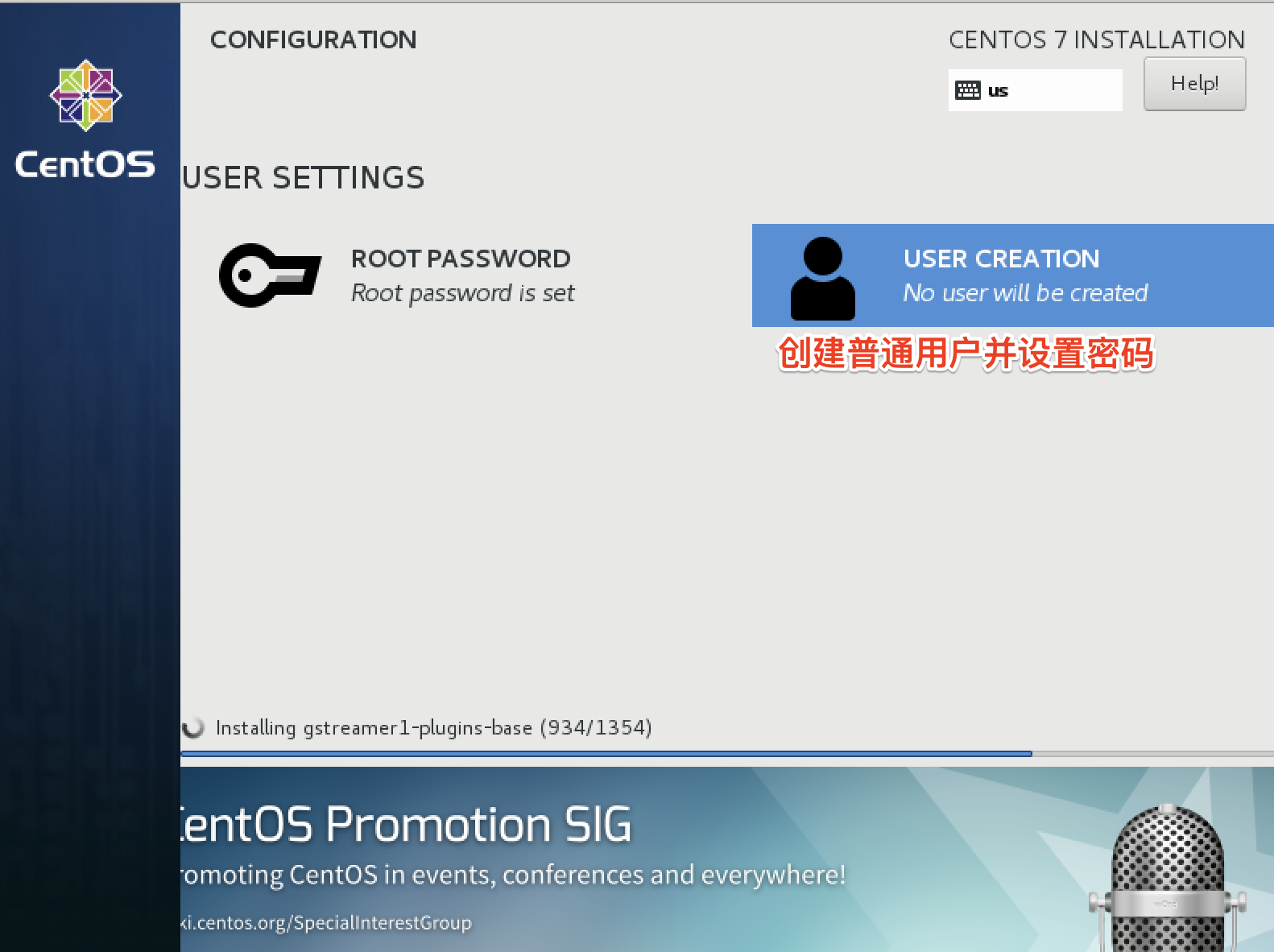
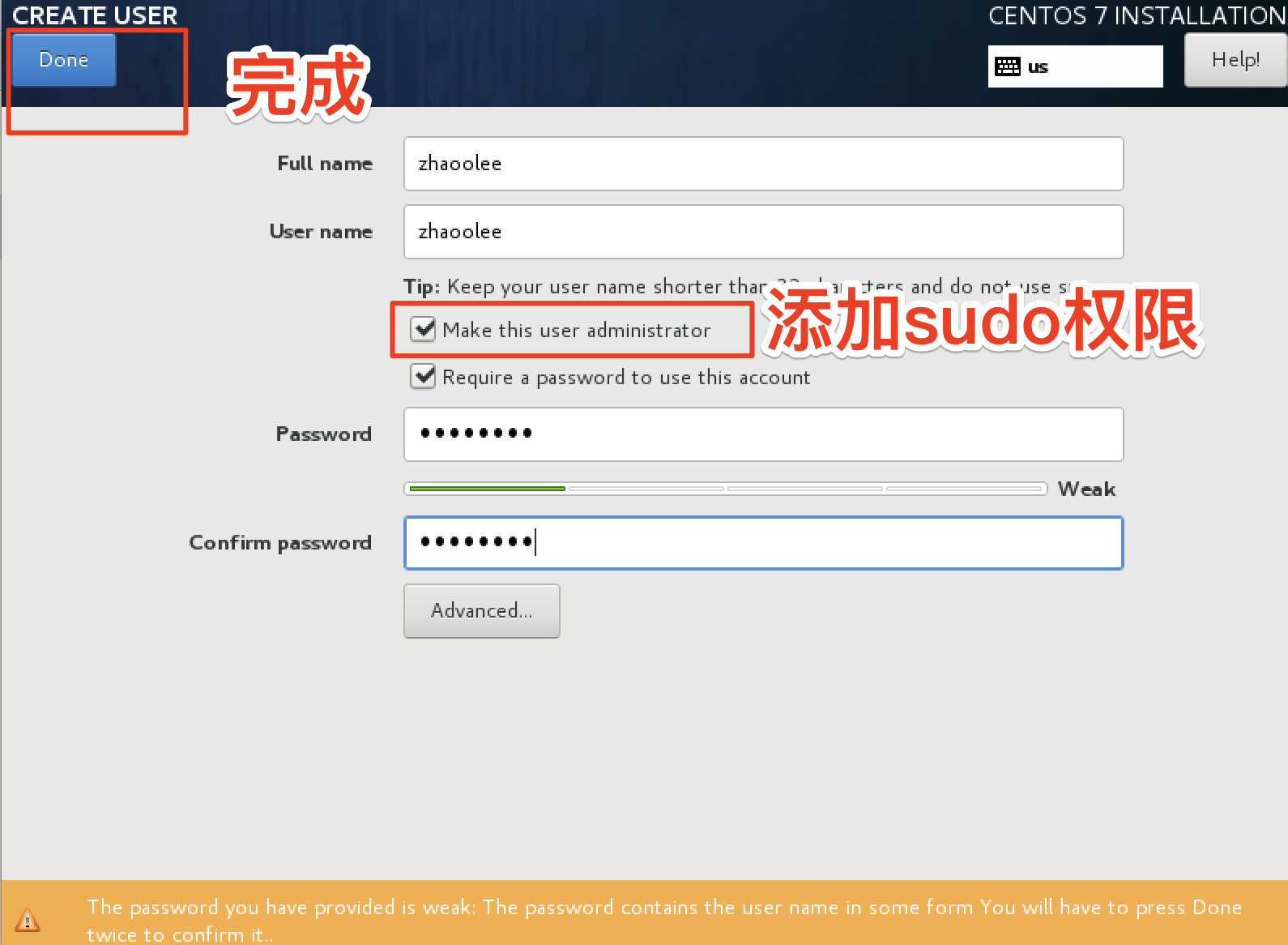
- Wait for the reading to complete
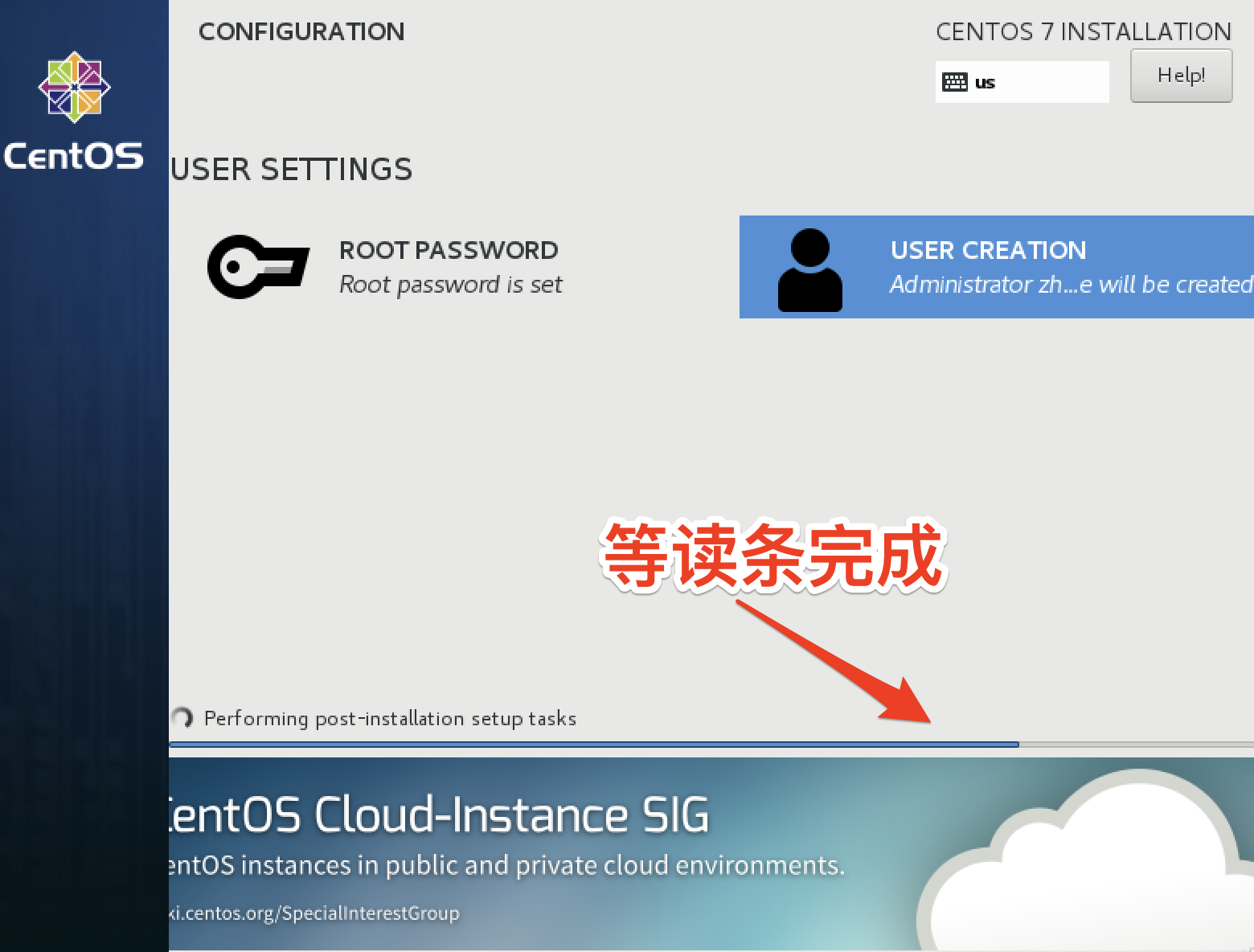
- Reboot
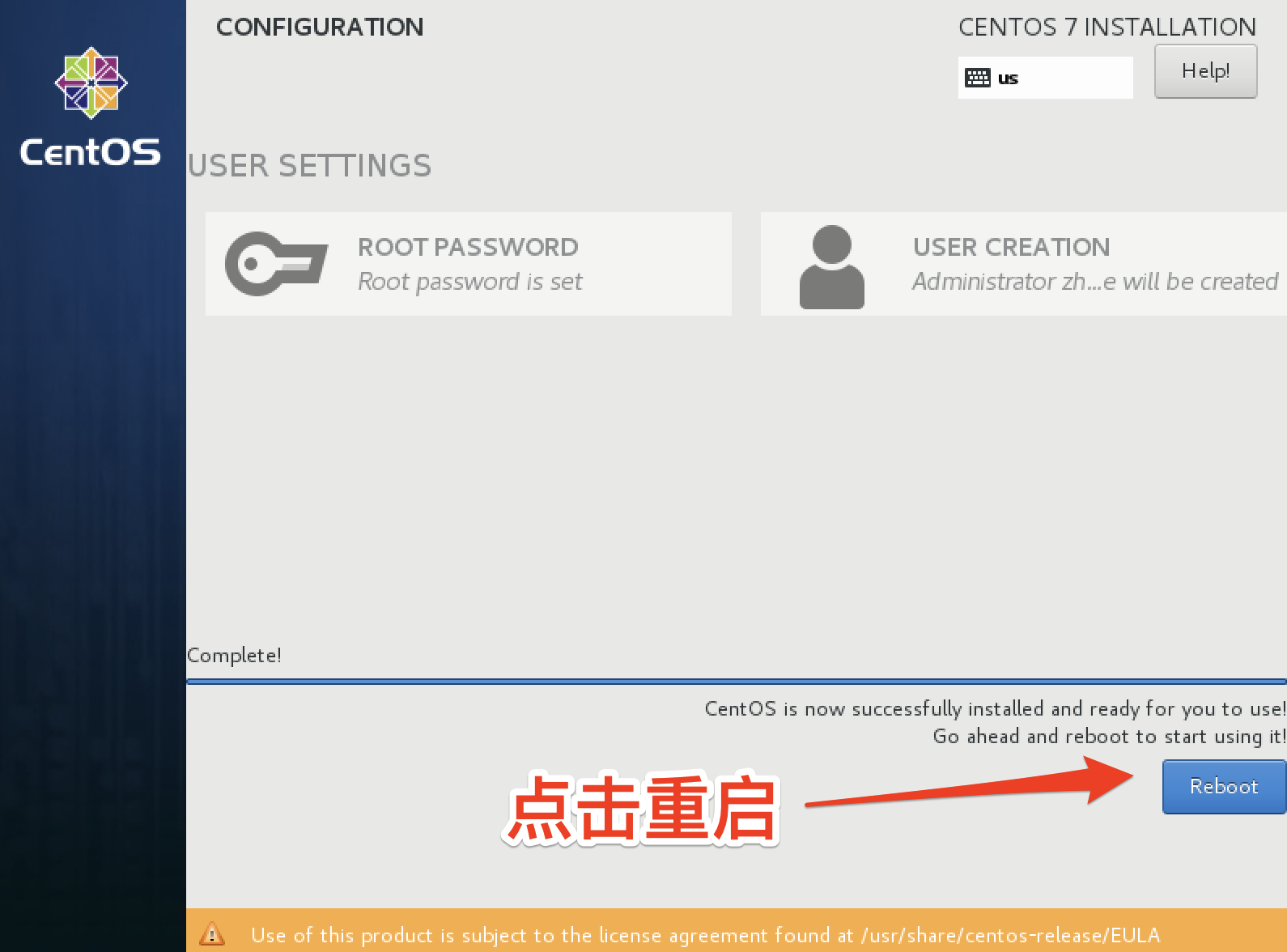
- Agree to the agreement
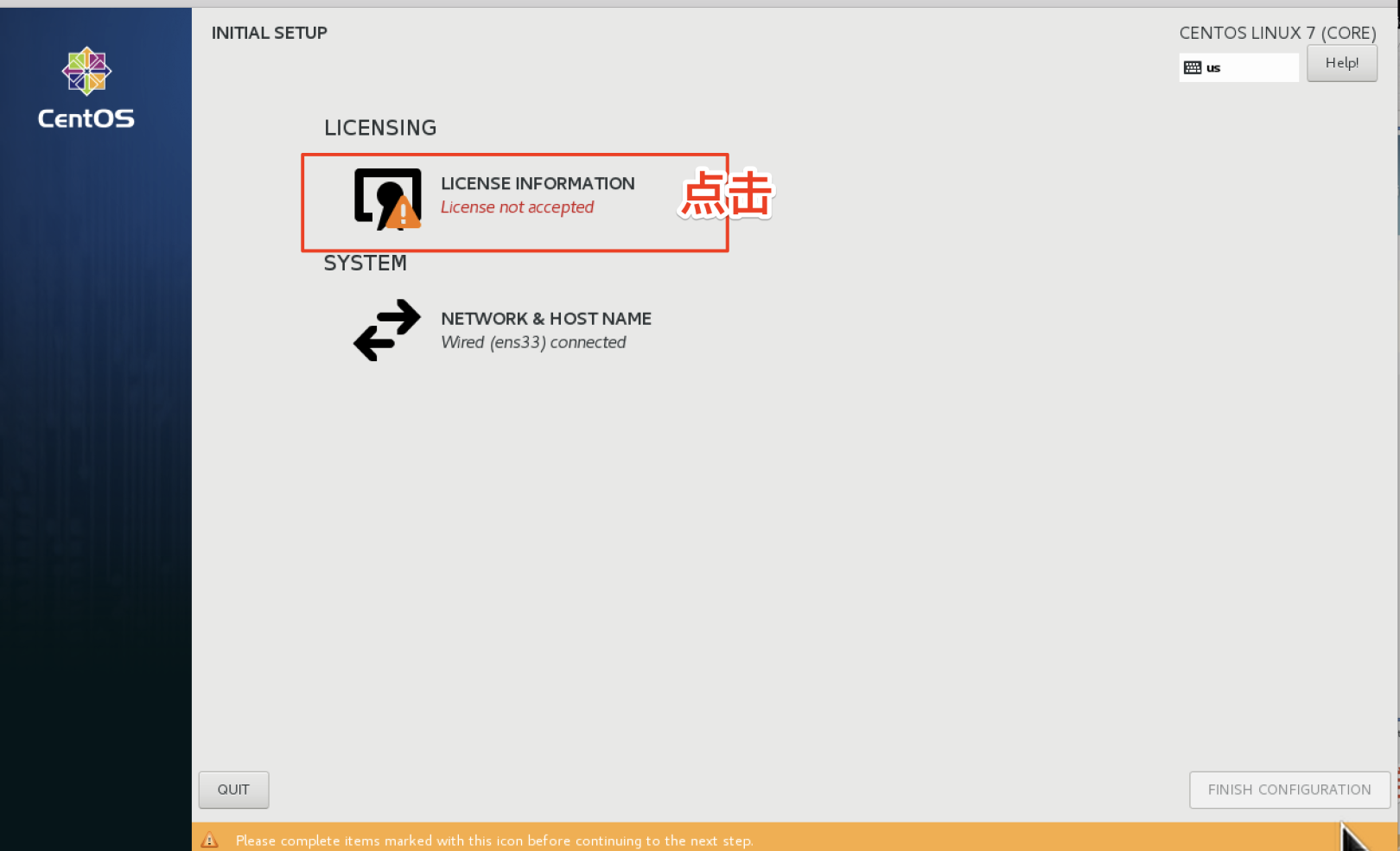
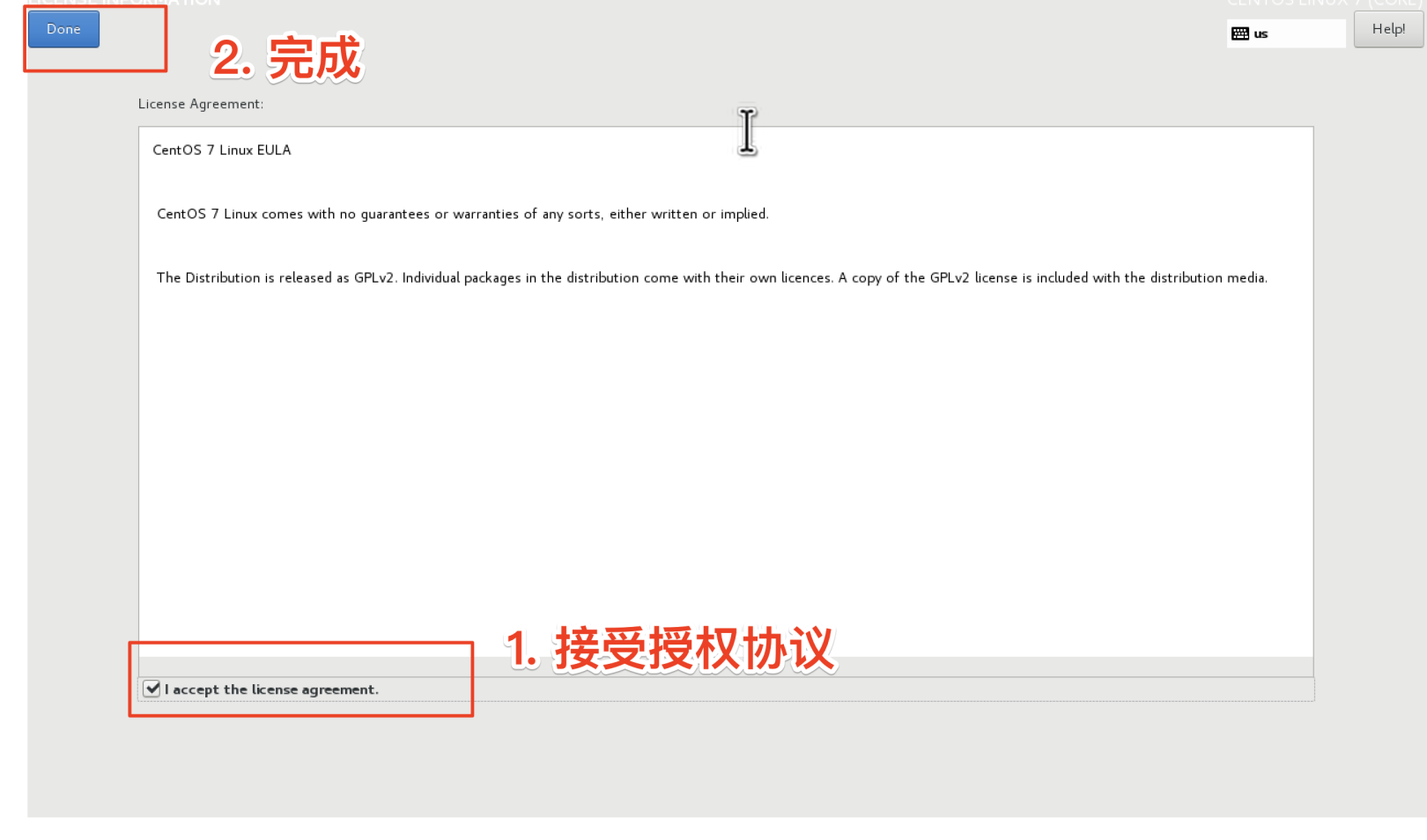
- Finish setting
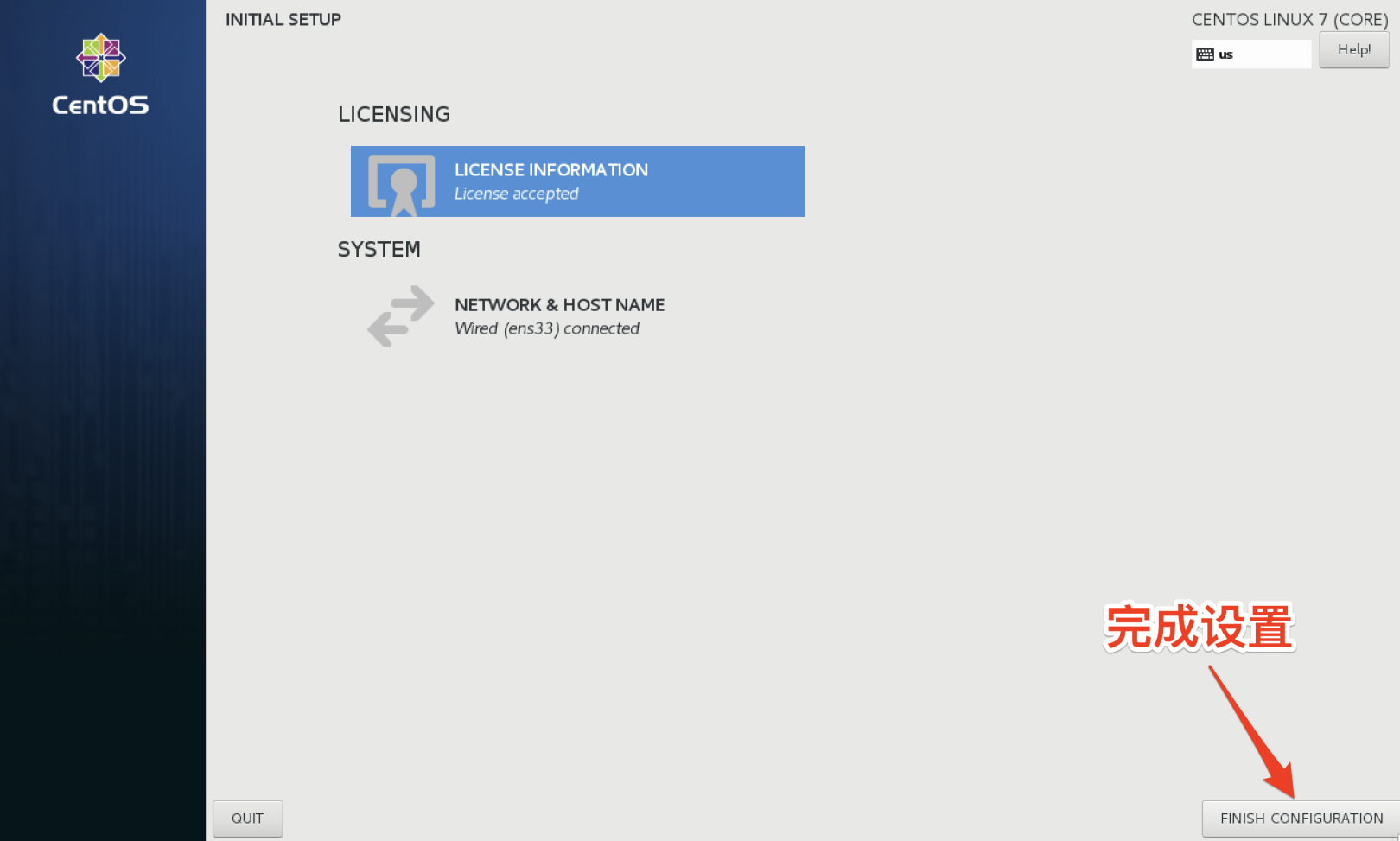
- log in
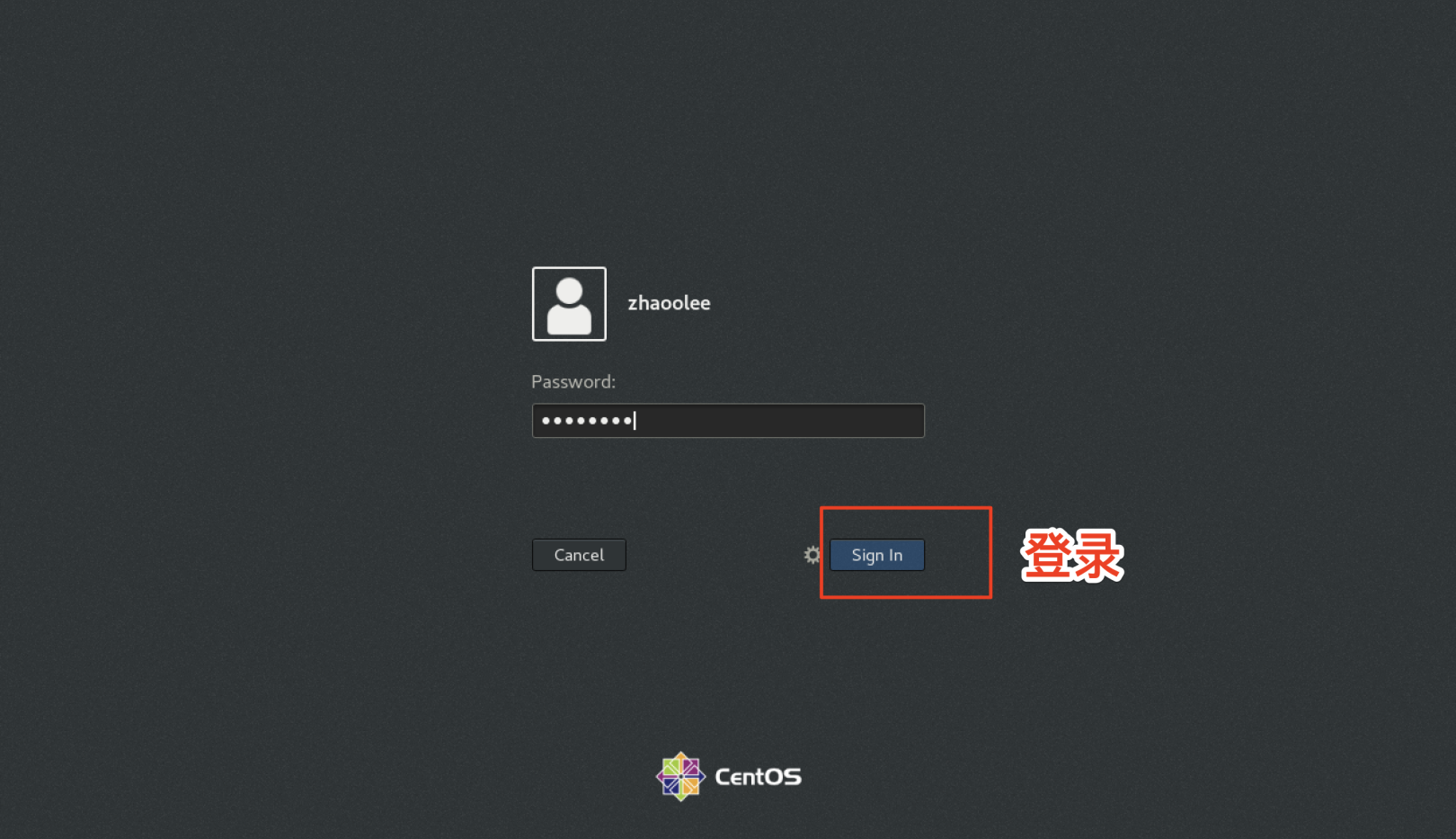
- start using

- Successful installation
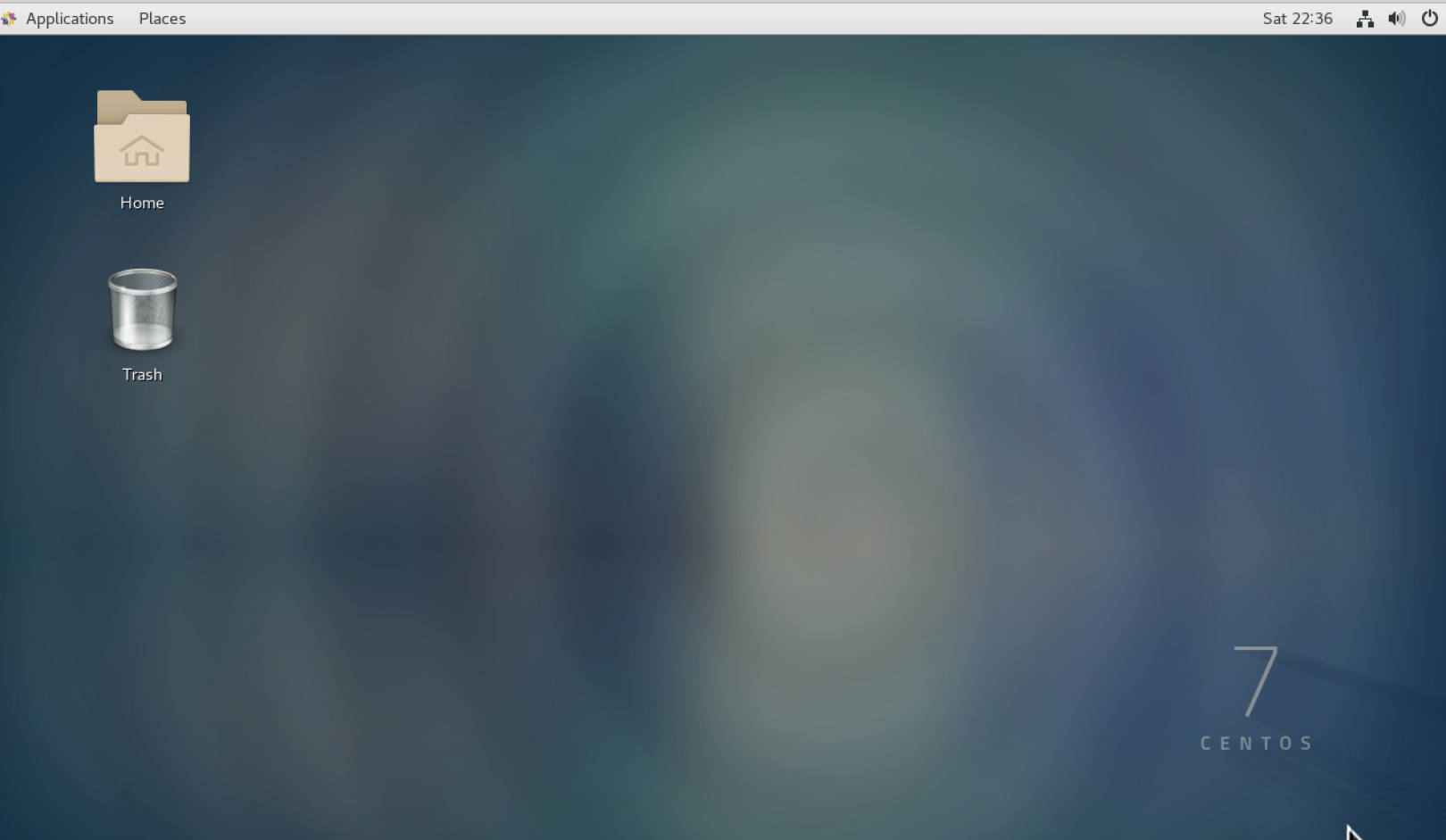
- Adjust time zone
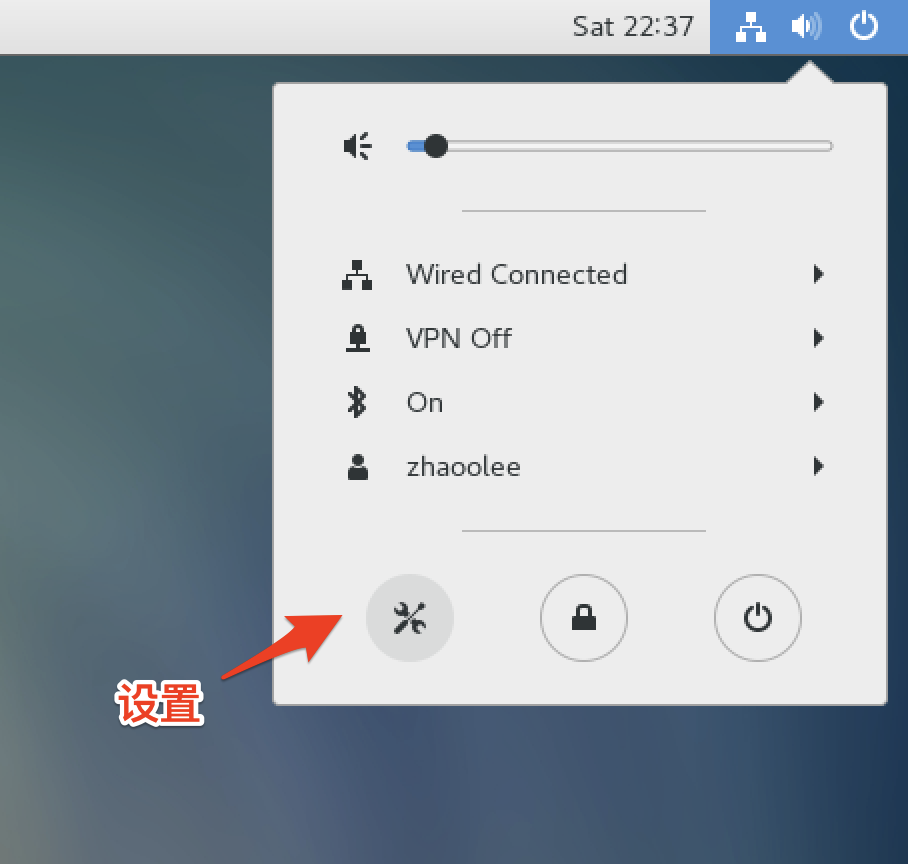
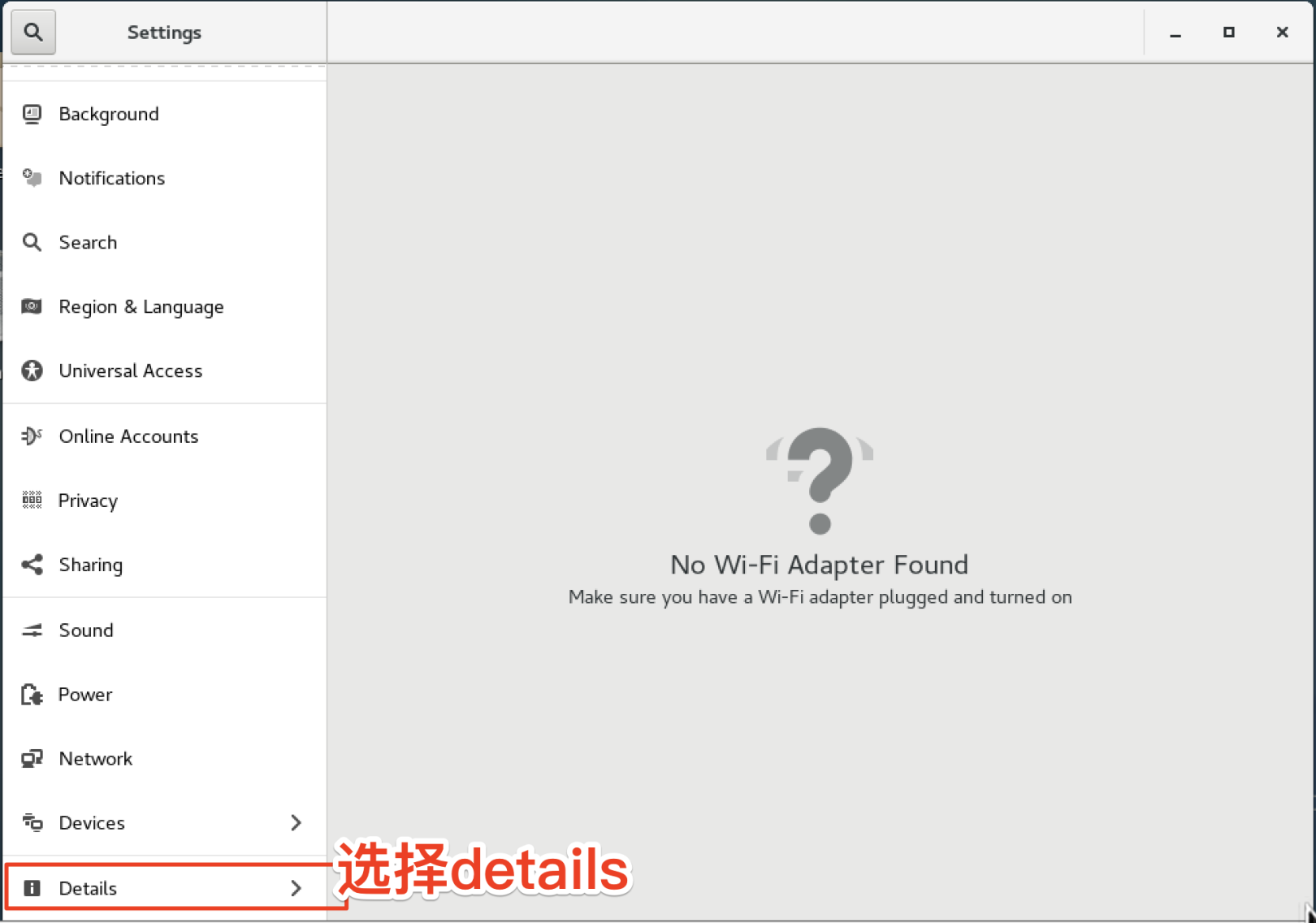
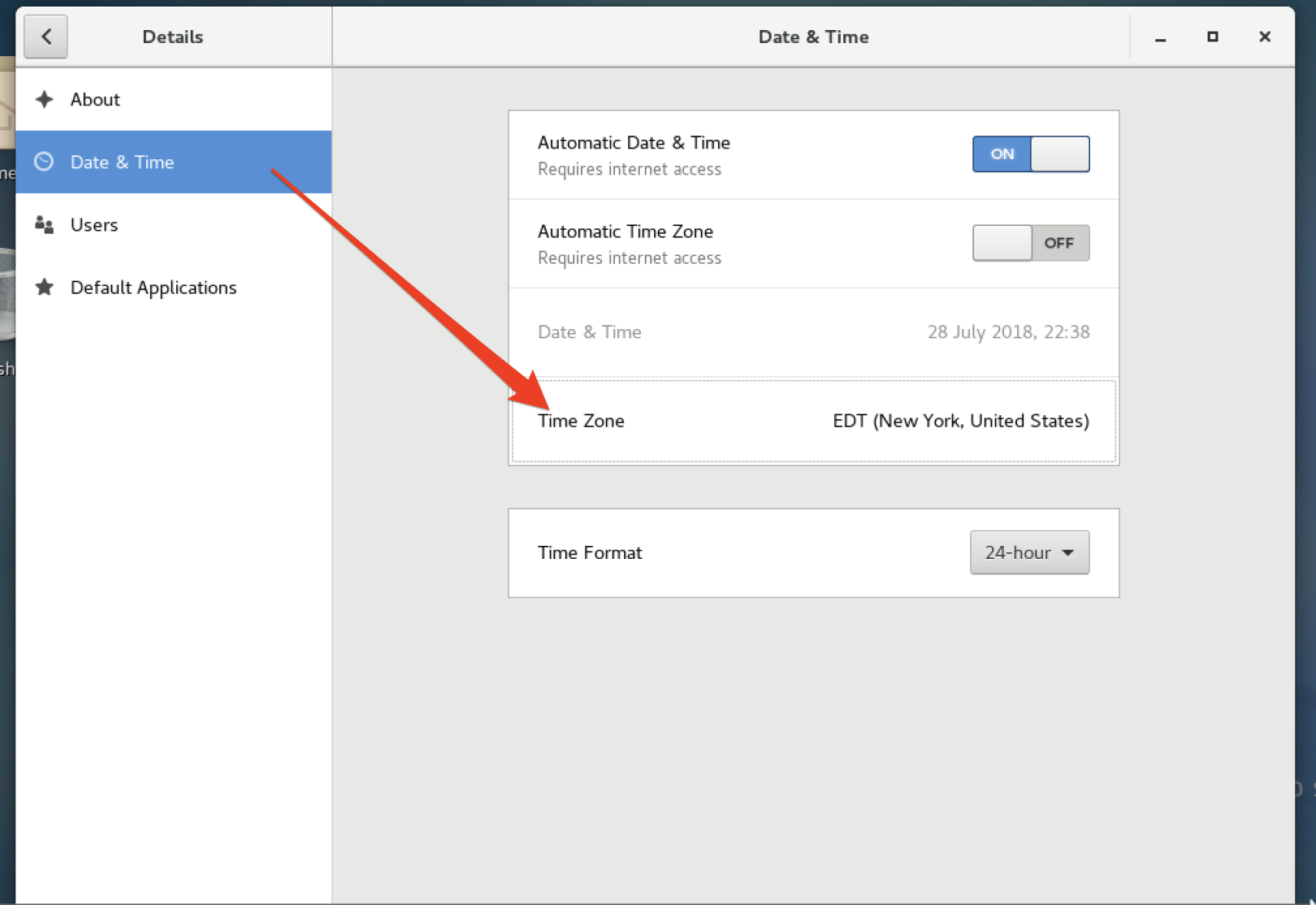
- Choose Shanghai
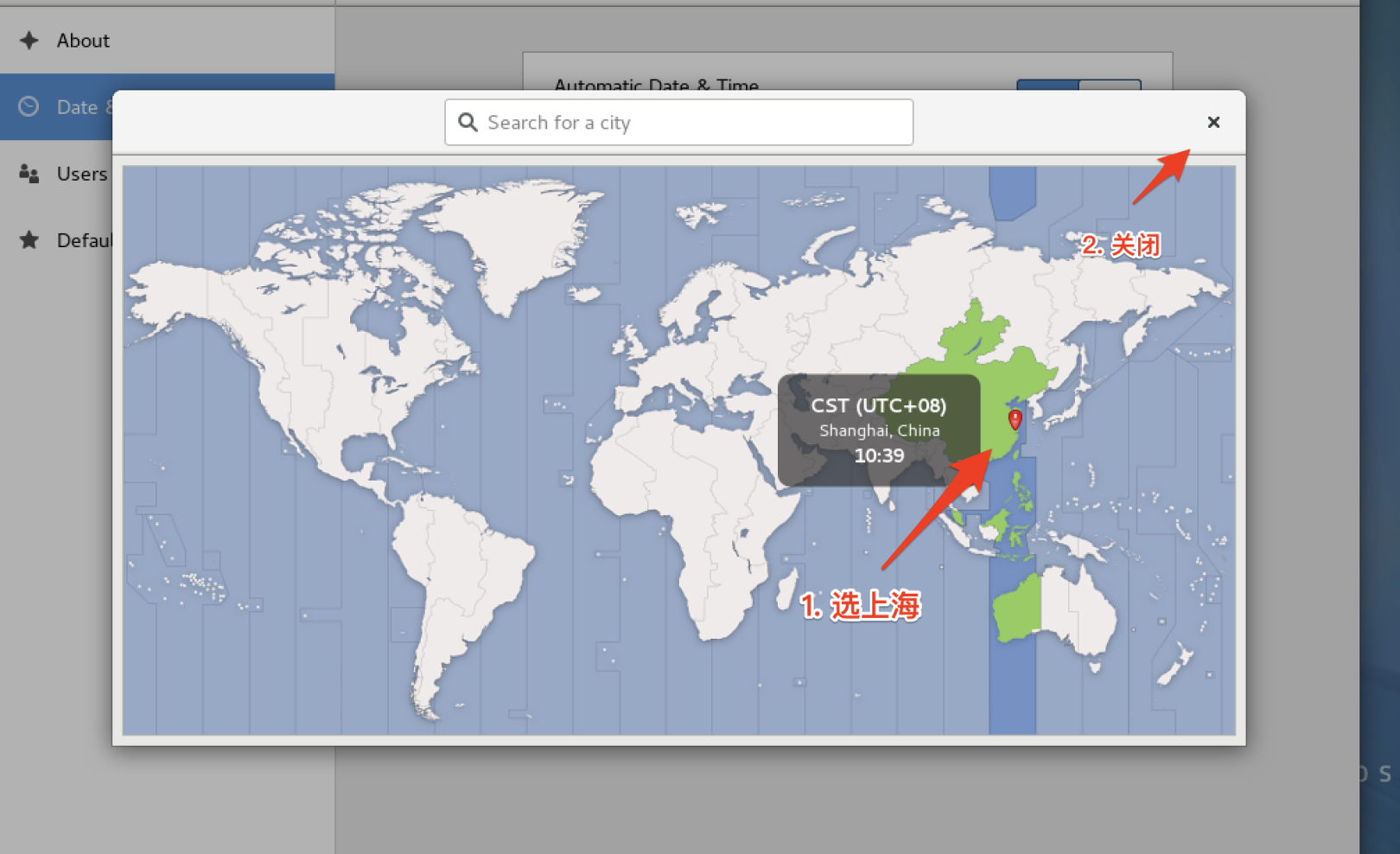
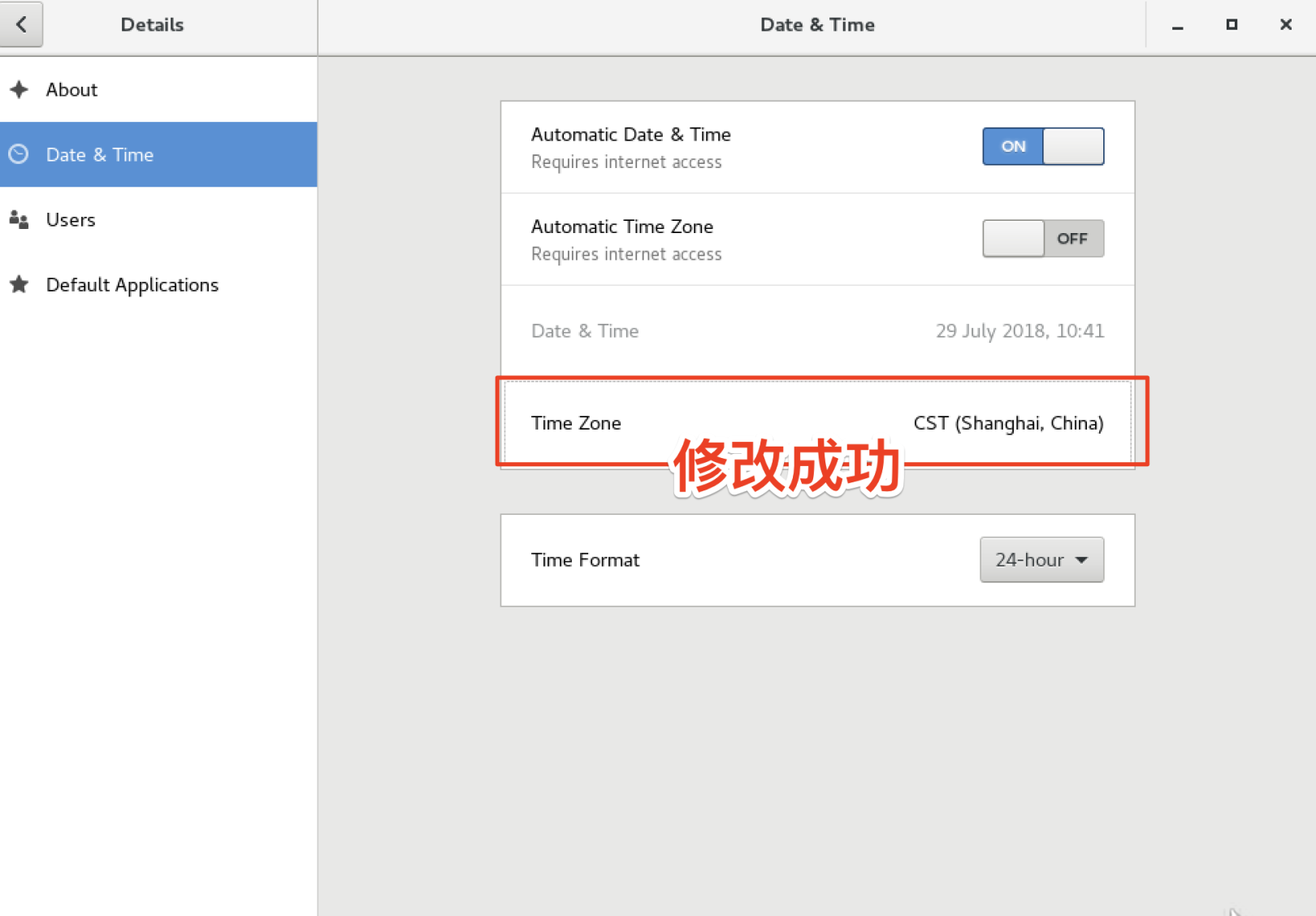
- Installation and configuration is complete, enjoy Linux
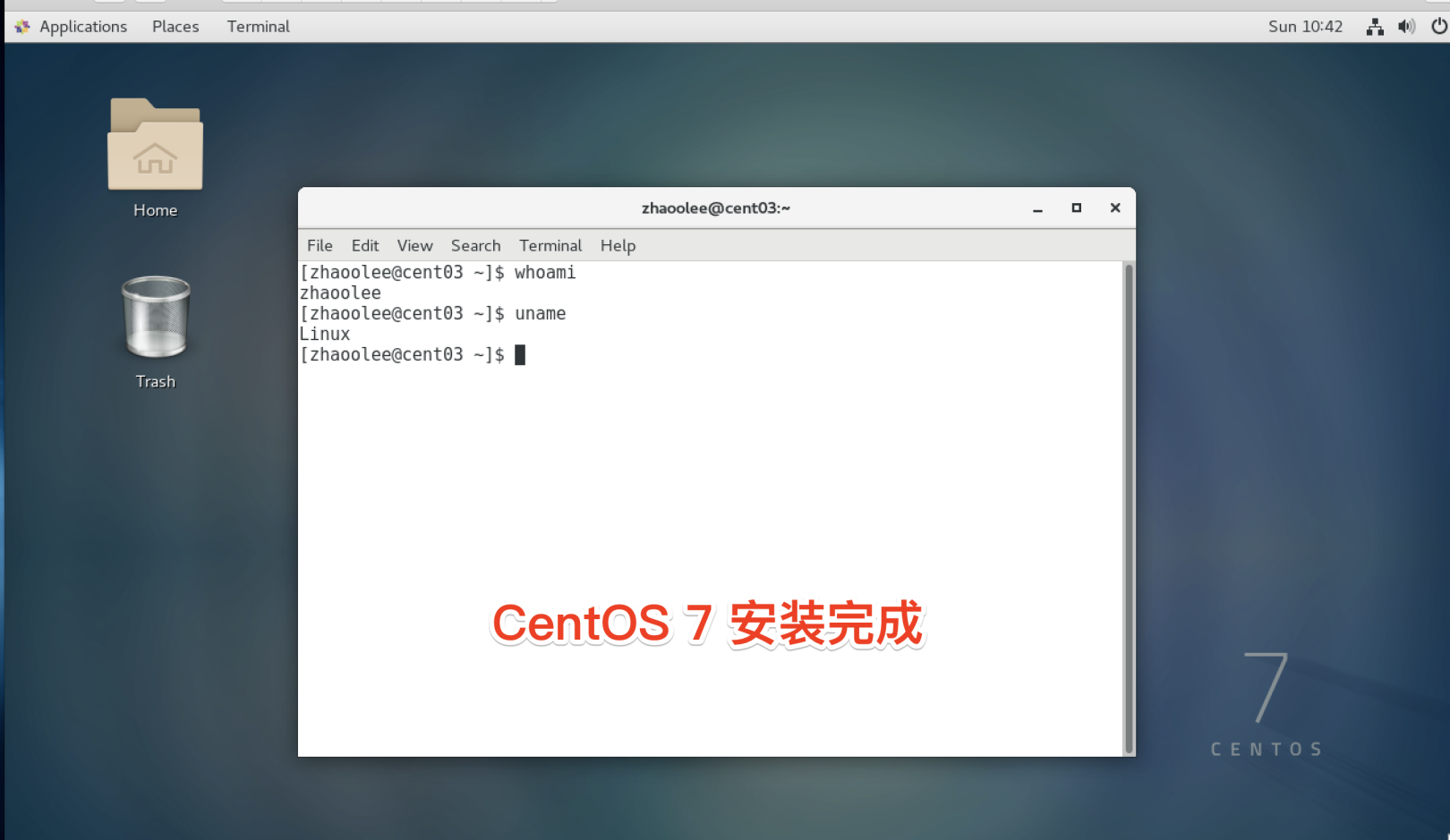
- The advantage of Centos is not in the graphical interface. If you like Linux with a graphical interface, deepin and unbuntu are recommended here. If you have high requirements for the aesthetics of the interface, I suggest you try the elementaryOS which is known as the most beautiful Linux
Every time I get a brand new centos mirror, the first thing is to replace the domestic source for centos, add a new yum source, and vomit, the default yum source really does not support common software, such as I want to install A
python-pip, sorry, no!
-
Fortunately, centos also leaves room, you can freely add some sources you like, such as epel (Extra Packages for Enterprise Linux)
-
Enterprise Linux add-on packages (hereinafter referred to as EPEL) is a Fedora special interest group to create, maintain, and manage a high-quality set of add-on packages for Enterprise Linux. The targets include but are not limited to Red Hat Enterprise Linux (RHEL), CentOS, Scientific Linux (SL), Oracle Linux (OL).
-
EPEL packages usually do not conflict with packages in the official source of Enterprise Linux, or replace files with each other. The EPEL project is basically the same as Fedora, including a complete build system, upgrade manager, image manager, and so on.
Step 1: Replace 清华yum source
1.1 Backup the old yum source###
sudo mv /etc/yum.repos.d/CentOS-Base.repo /etc/yum.repos.d/CentOS-Base.repo.bak
1.2 Write the following to /etc/yum.repos.d/CentOS-Base.repo
# CentOS-Base.repo
#
# The mirror system uses the connecting IP address of the client and the
# update status of each mirror to pick mirrors that are updated to and
# geographically close to the client. You should use thisfor CentOS updates
# unless you are manually picking other mirrors.
#
# If the mirrorlist= does not work for you,as a fall back you can try the
# remarked out baseurl= line instead.
#
#
[ base]
name=CentOS-$releasever - Base
baseurl=https://mirrors.tuna.tsinghua.edu.cn/centos/$releasever/os/$basearch/
# mirrorlist=http://mirrorlist.centos.org/?release=$releasever&arch=$basearch&repo=os
gpgcheck=1
gpgkey=file:///etc/pki/rpm-gpg/RPM-GPG-KEY-CentOS-7
# released updates
[ updates]
name=CentOS-$releasever - Updates
baseurl=https://mirrors.tuna.tsinghua.edu.cn/centos/$releasever/updates/$basearch/
# mirrorlist=http://mirrorlist.centos.org/?release=$releasever&arch=$basearch&repo=updates
gpgcheck=1
gpgkey=file:///etc/pki/rpm-gpg/RPM-GPG-KEY-CentOS-7
# additional packages that may be useful
[ extras]
name=CentOS-$releasever - Extras
baseurl=https://mirrors.tuna.tsinghua.edu.cn/centos/$releasever/extras/$basearch/
# mirrorlist=http://mirrorlist.centos.org/?release=$releasever&arch=$basearch&repo=extras
gpgcheck=1
gpgkey=file:///etc/pki/rpm-gpg/RPM-GPG-KEY-CentOS-7
# additional packages that extend functionality of existing packages
[ centosplus]
name=CentOS-$releasever - Plus
baseurl=https://mirrors.tuna.tsinghua.edu.cn/centos/$releasever/centosplus/$basearch/
# mirrorlist=http://mirrorlist.centos.org/?release=$releasever&arch=$basearch&repo=centosplus
gpgcheck=1
enabled=0
gpgkey=file:///etc/pki/rpm-gpg/RPM-GPG-KEY-CentOS-7
1.3 Refresh yum source###
yum clean all && yum makecache && yum update
- But the yum source software is still too few, for example, I want to install only
python-pipcan not do

Step 2: Install Ali epel source##
yum -y install epel-release
wget -O /etc/yum.repos.d/epel-7.repo http://mirrors.aliyun.com/repo/epel-7.repo
# Refresh yum source
yum clean all && yum makecache && yum update

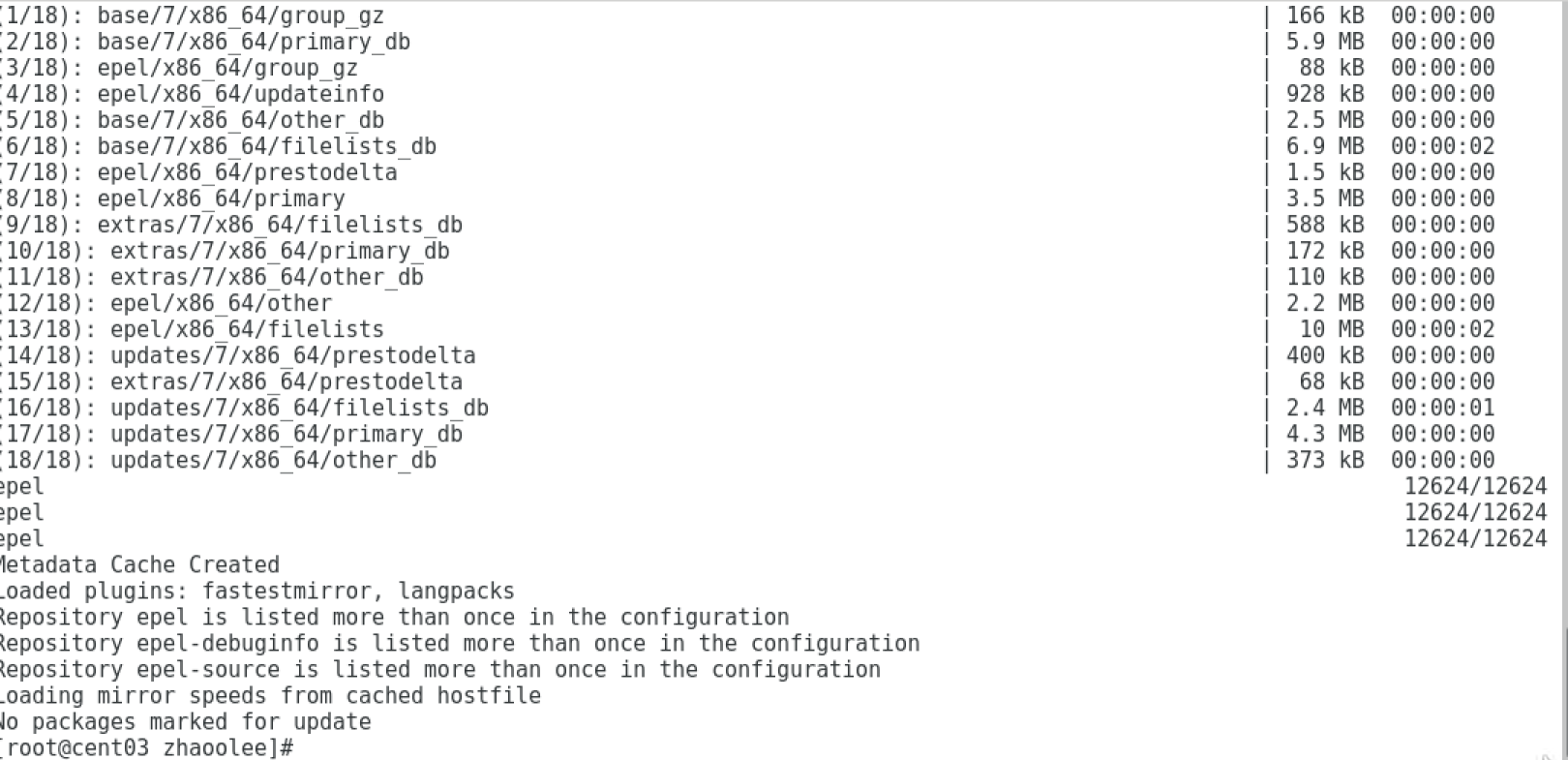
At this point, we can install python-pip happily, yum install python-pip
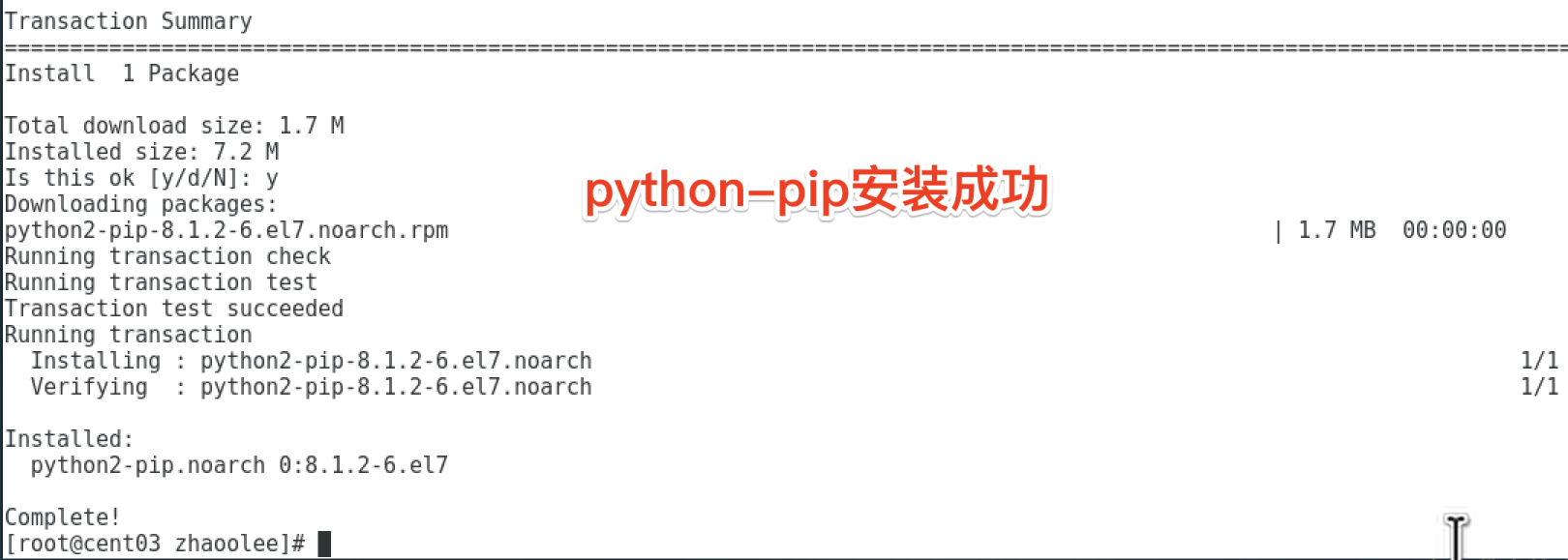
Step 3: Install docker and docker-compose
1. Install docker
# Install docker through yum source
sudo yum -y install docker
# Start docker
sudo systemctl start docker
# Self-start
sudo systemctl enable docker
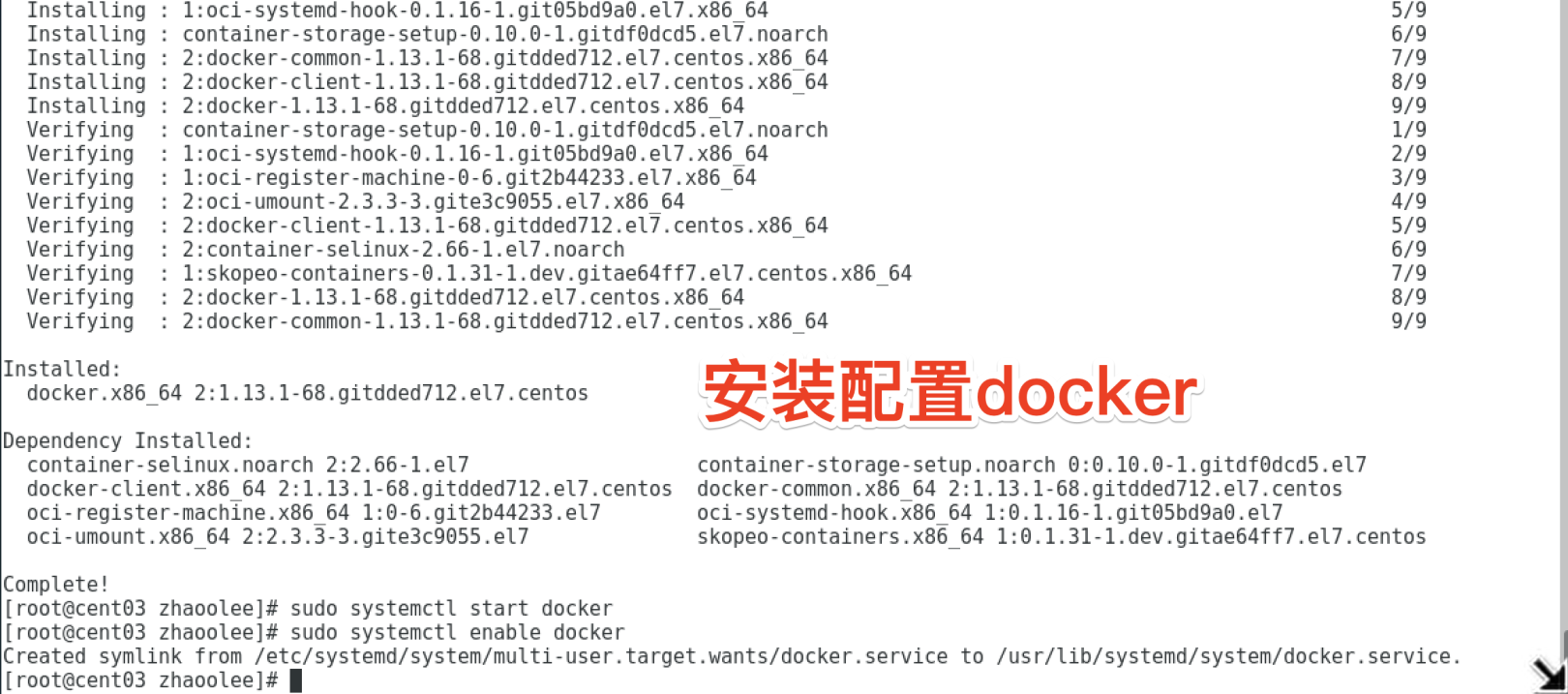
2. Install docker-compose
sudo pip install docker-compose
# Check after successful installation
sudo docker-compose --version

3. Docker China official mirror acceleration###
- Modify
/etc/docker/daemon.json, add the following configuration
{" registry-mirrors":["https://registry.docker-cn.com"]}
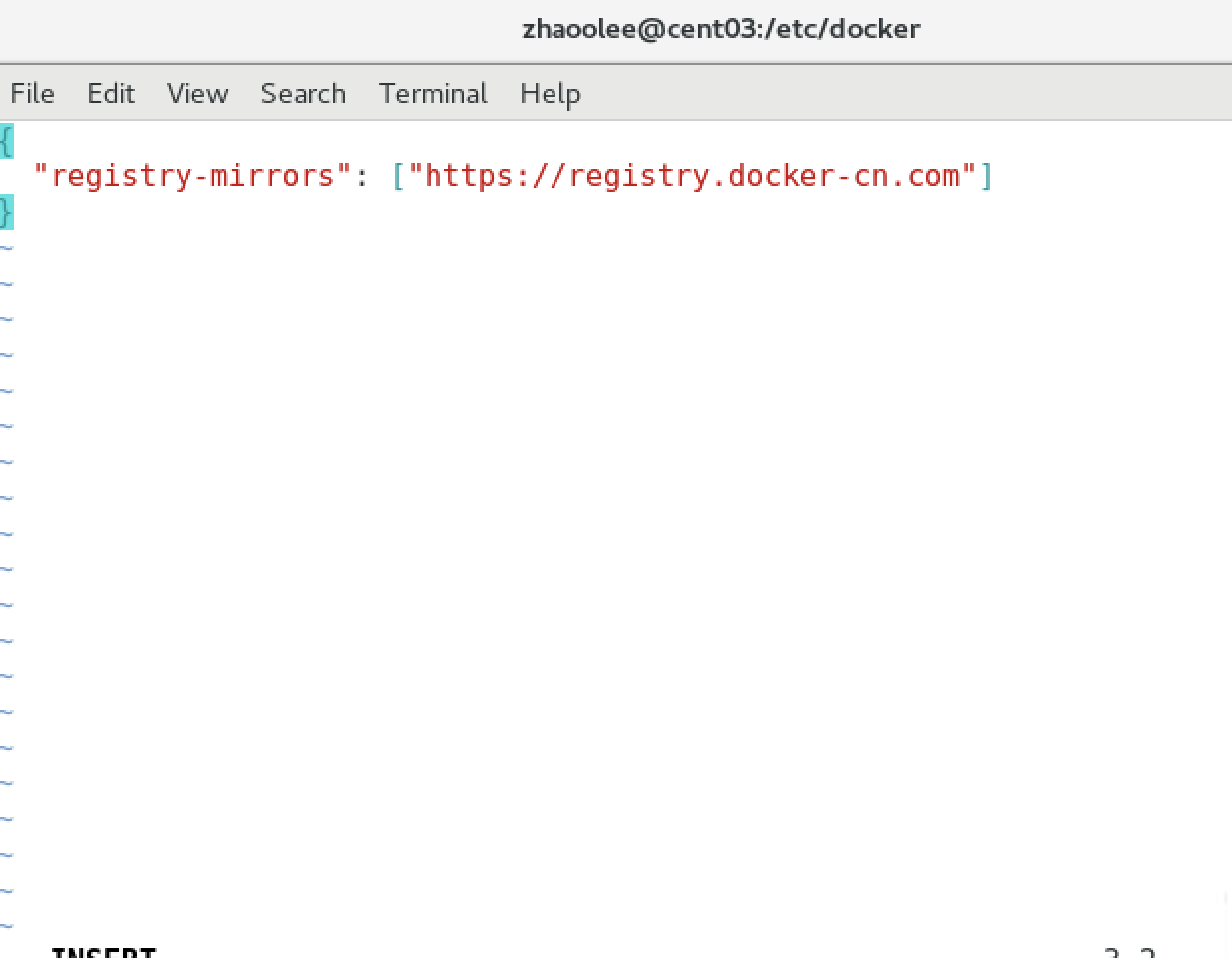
- Restart docker
sudo service docker restart
Recommend a few fun docker services to you:
- You can build a docker image private warehouse: build docker private warehouse from scratch
- You can build an independent git site: Build your own git website with gogs
- You can create a personal private network disk: Three simple steps, build a full-platform private synchronization network disk
- You can also create your own independent blog with one click: To be updated...
Recommended Posts